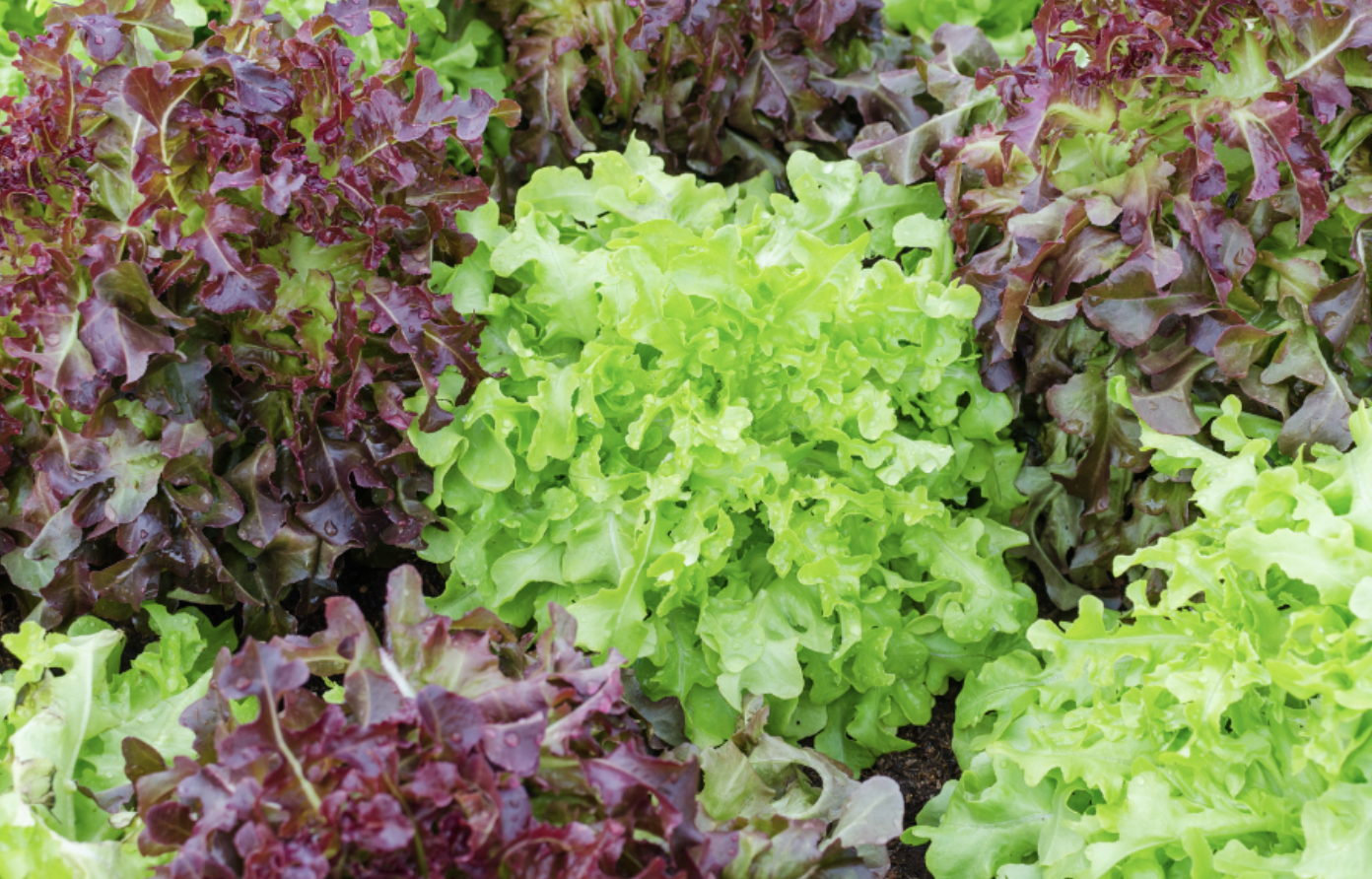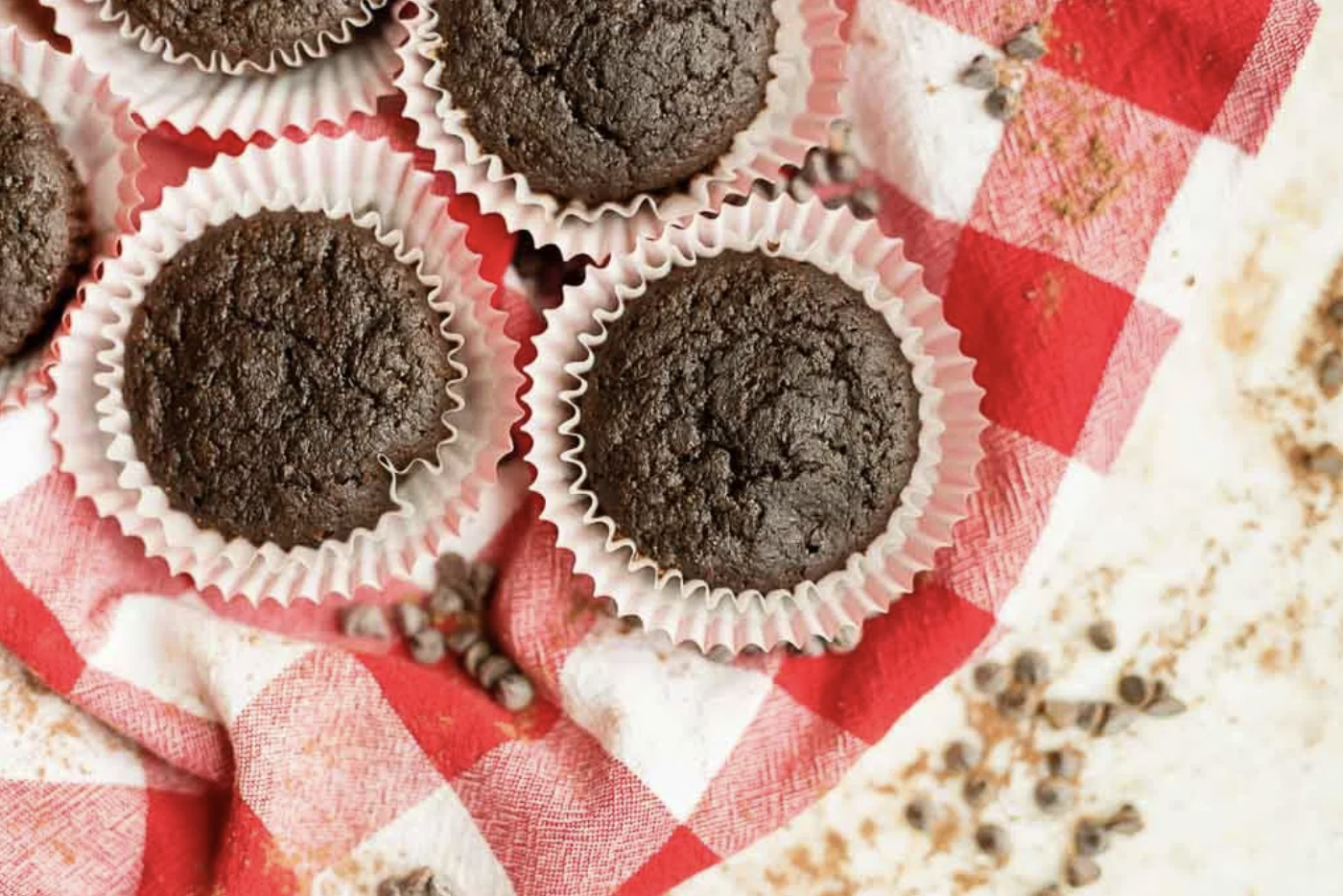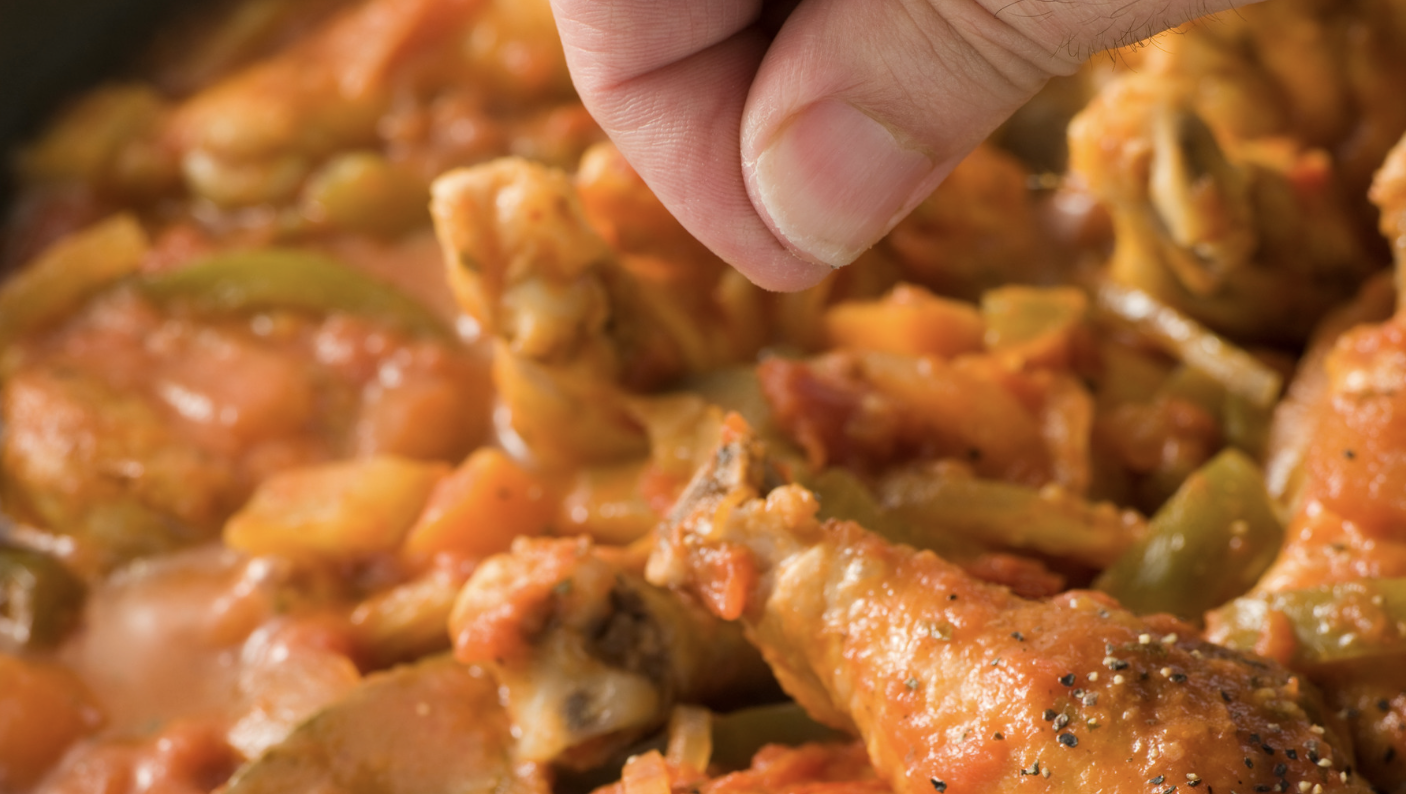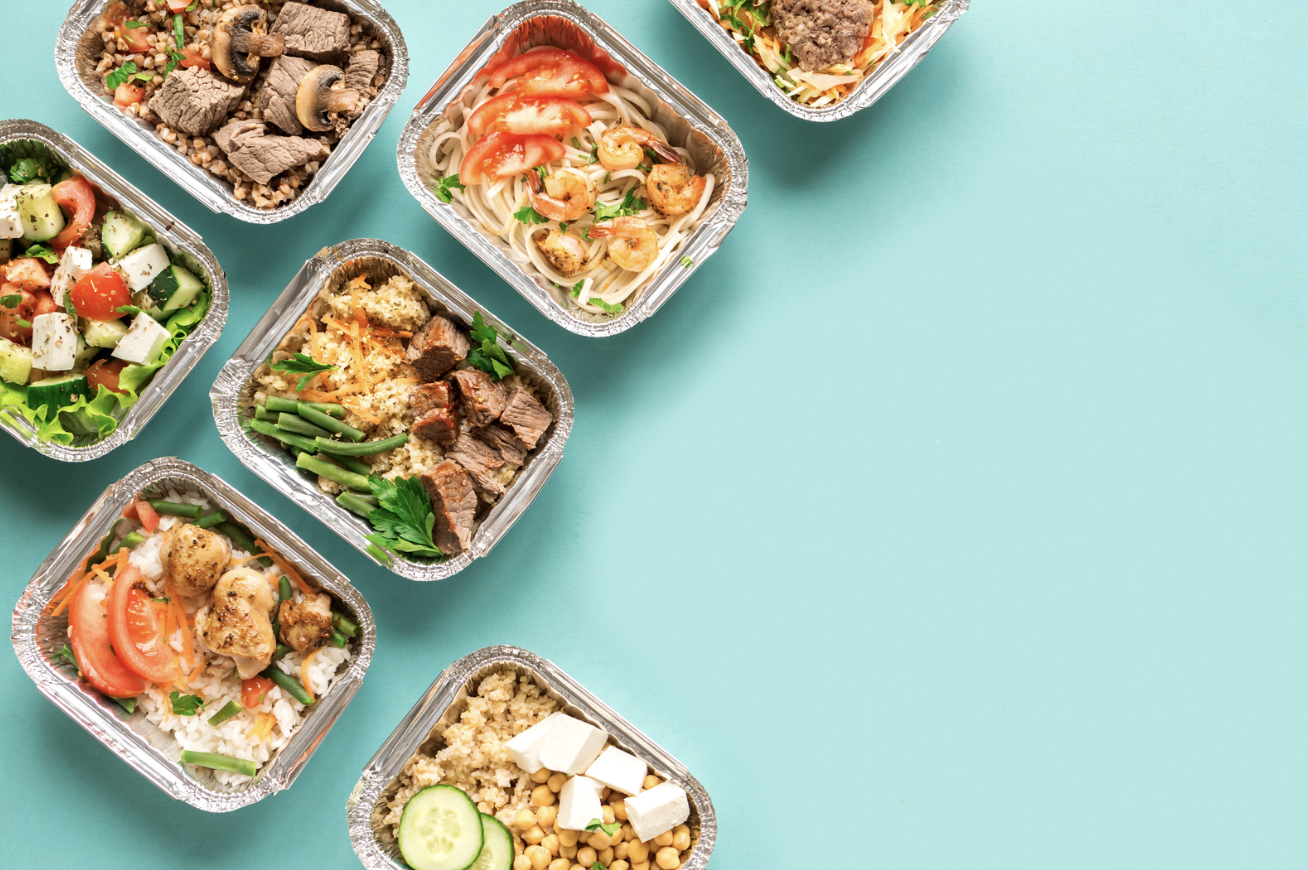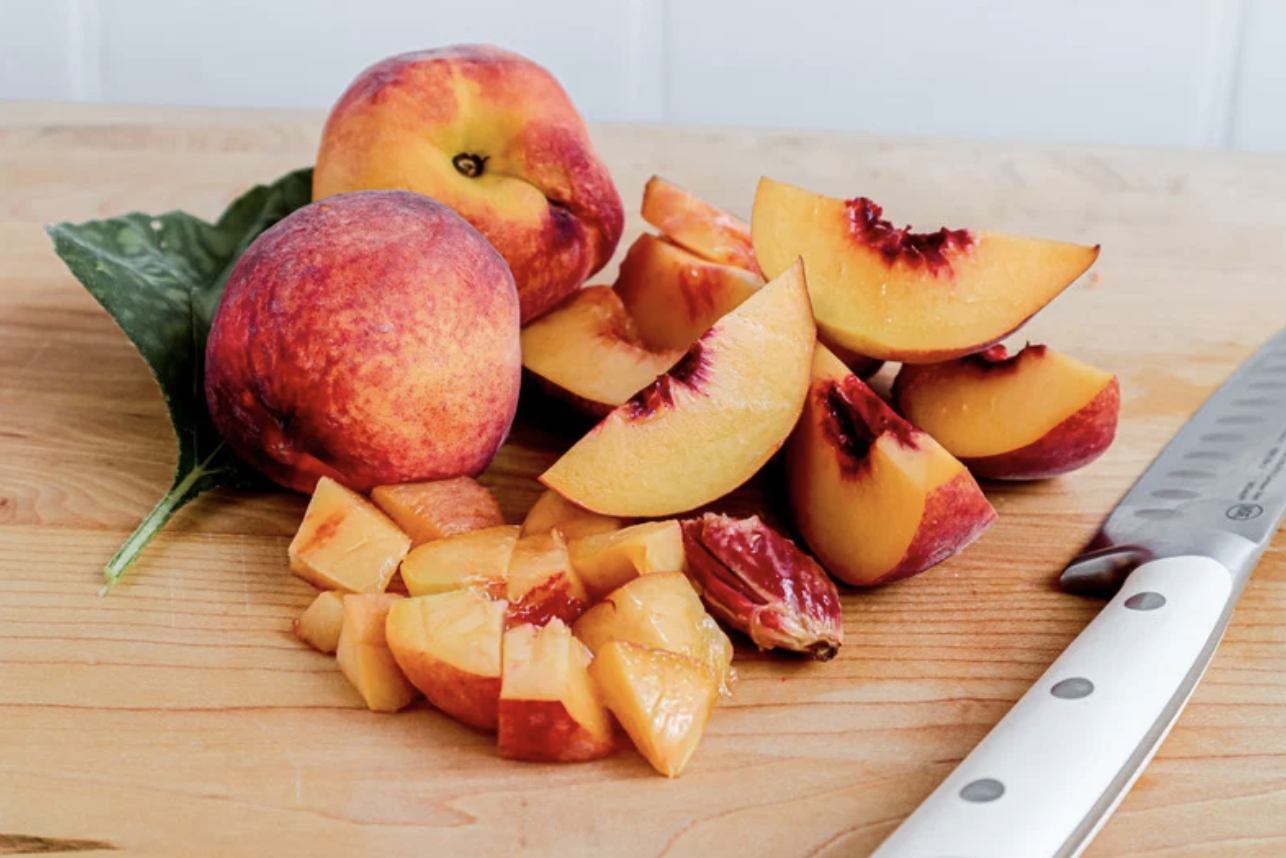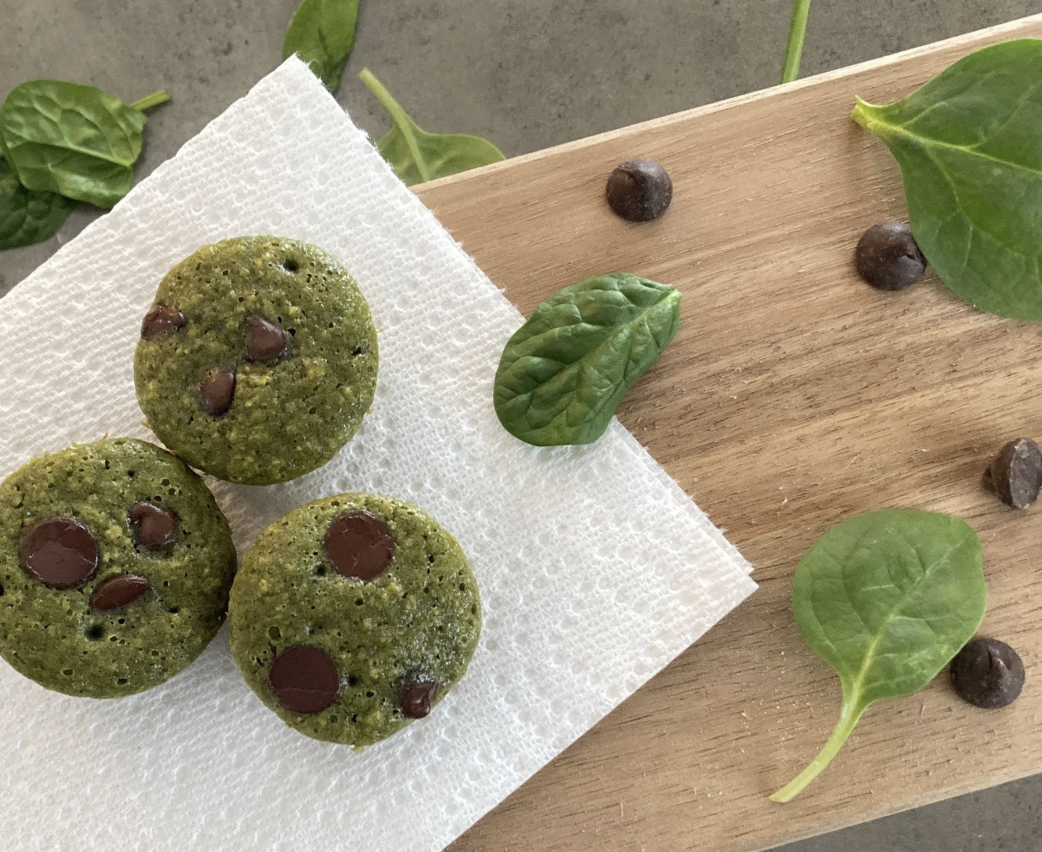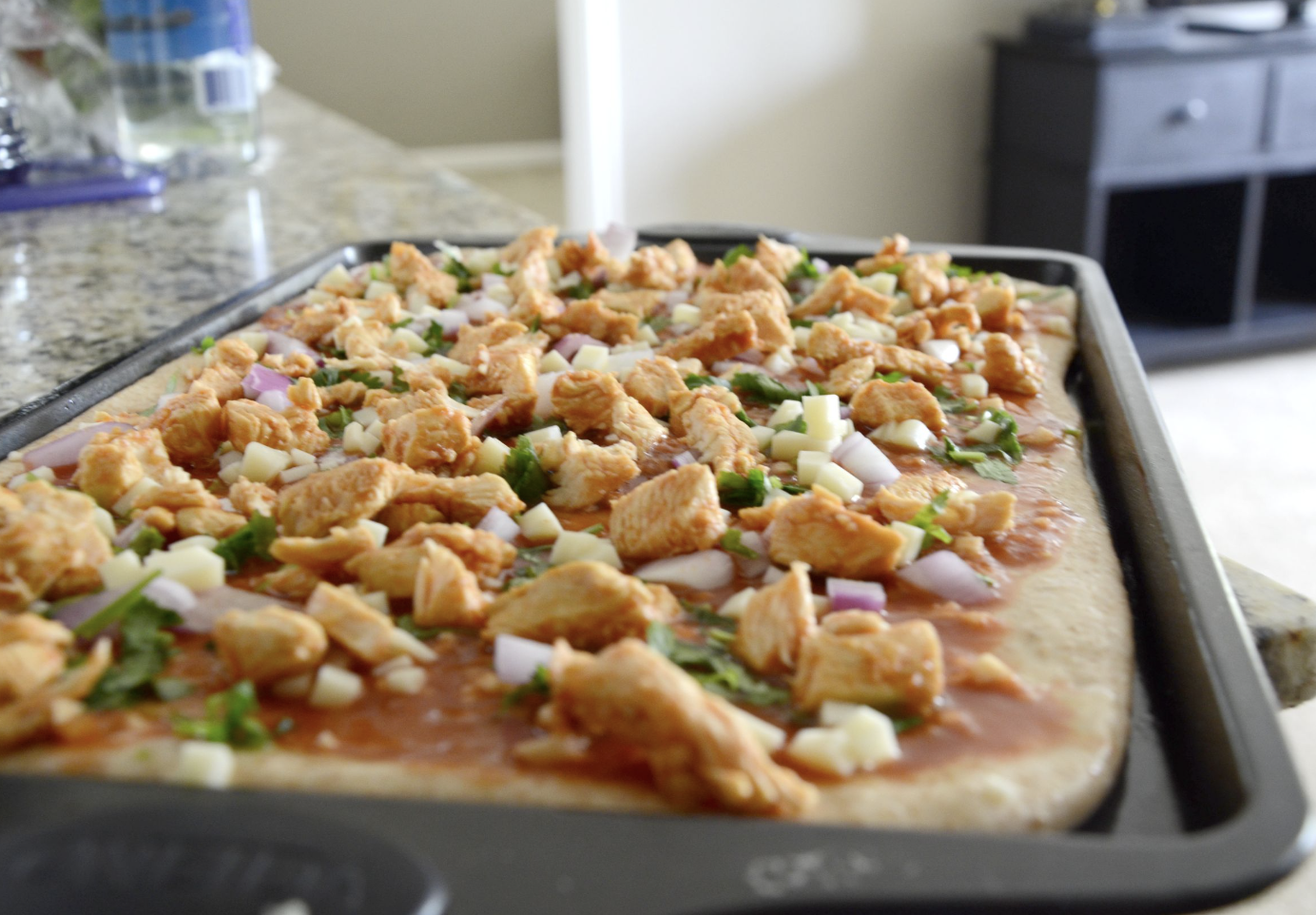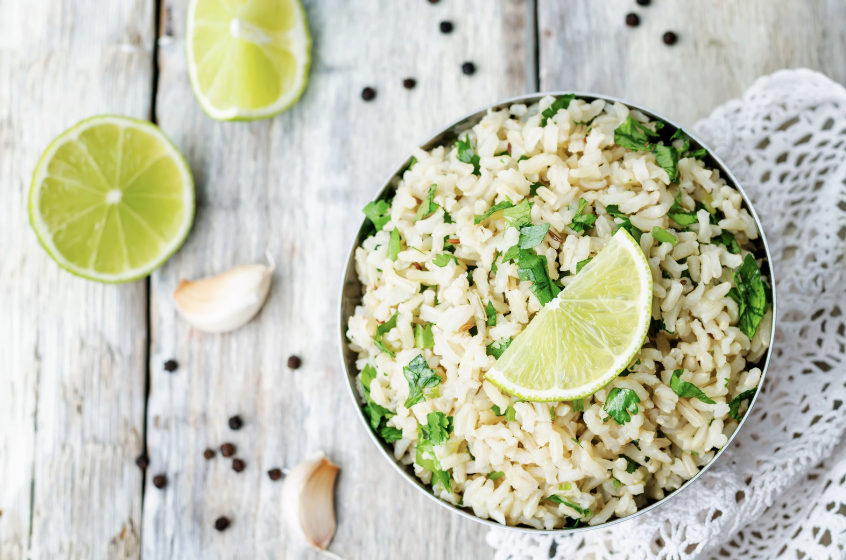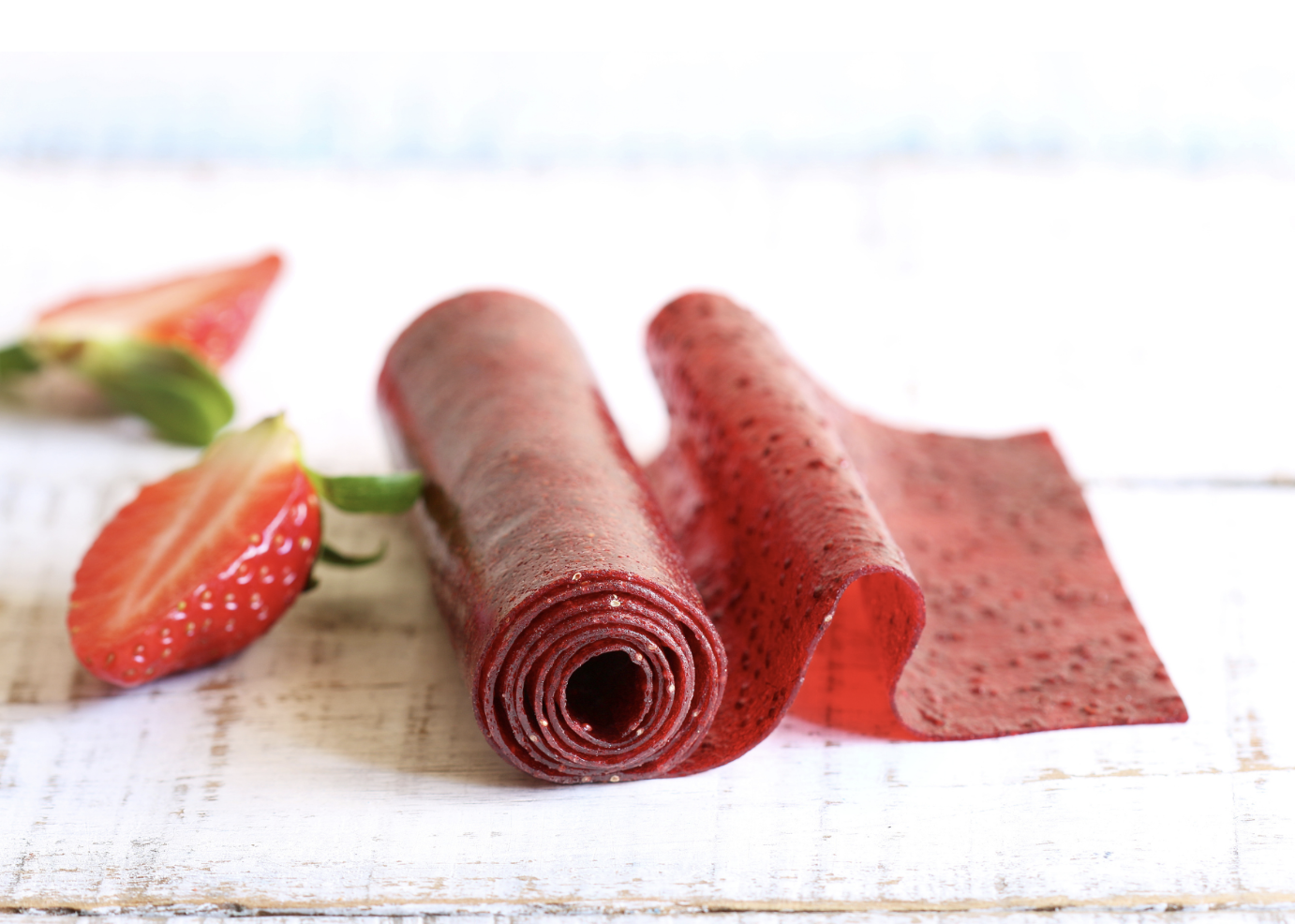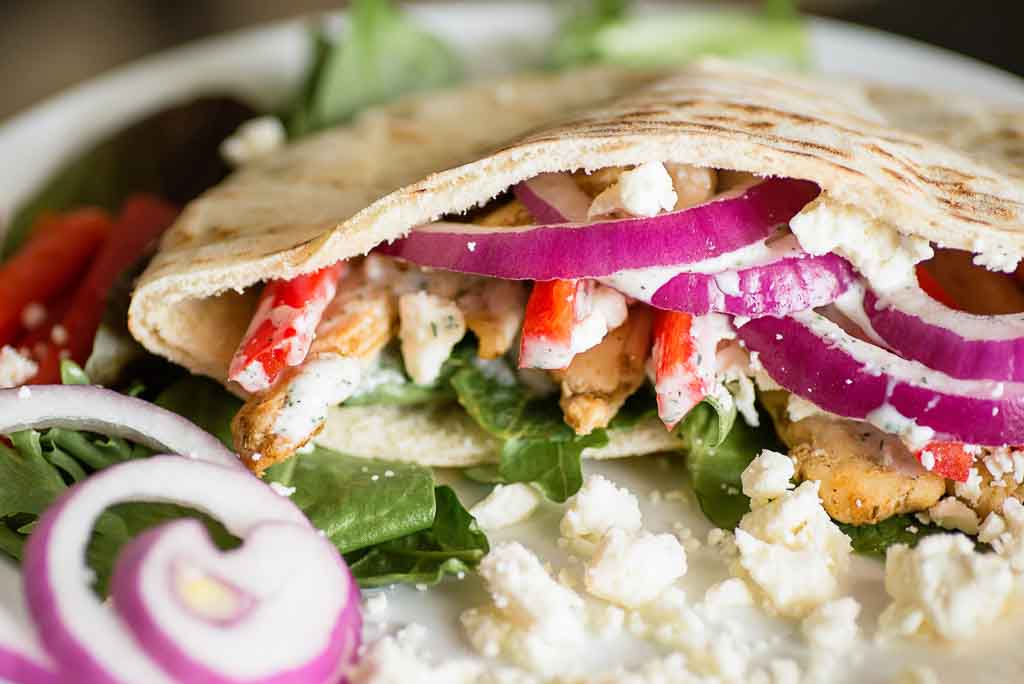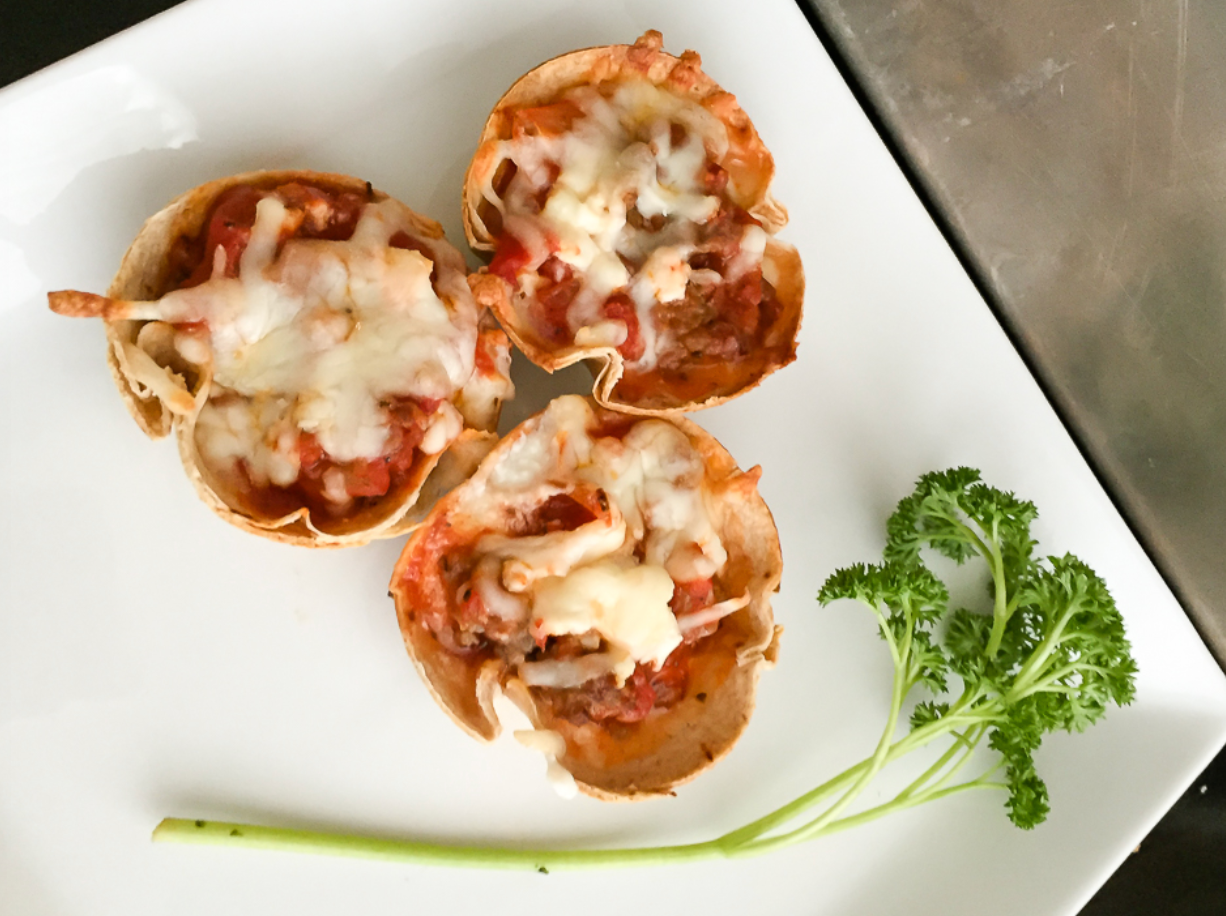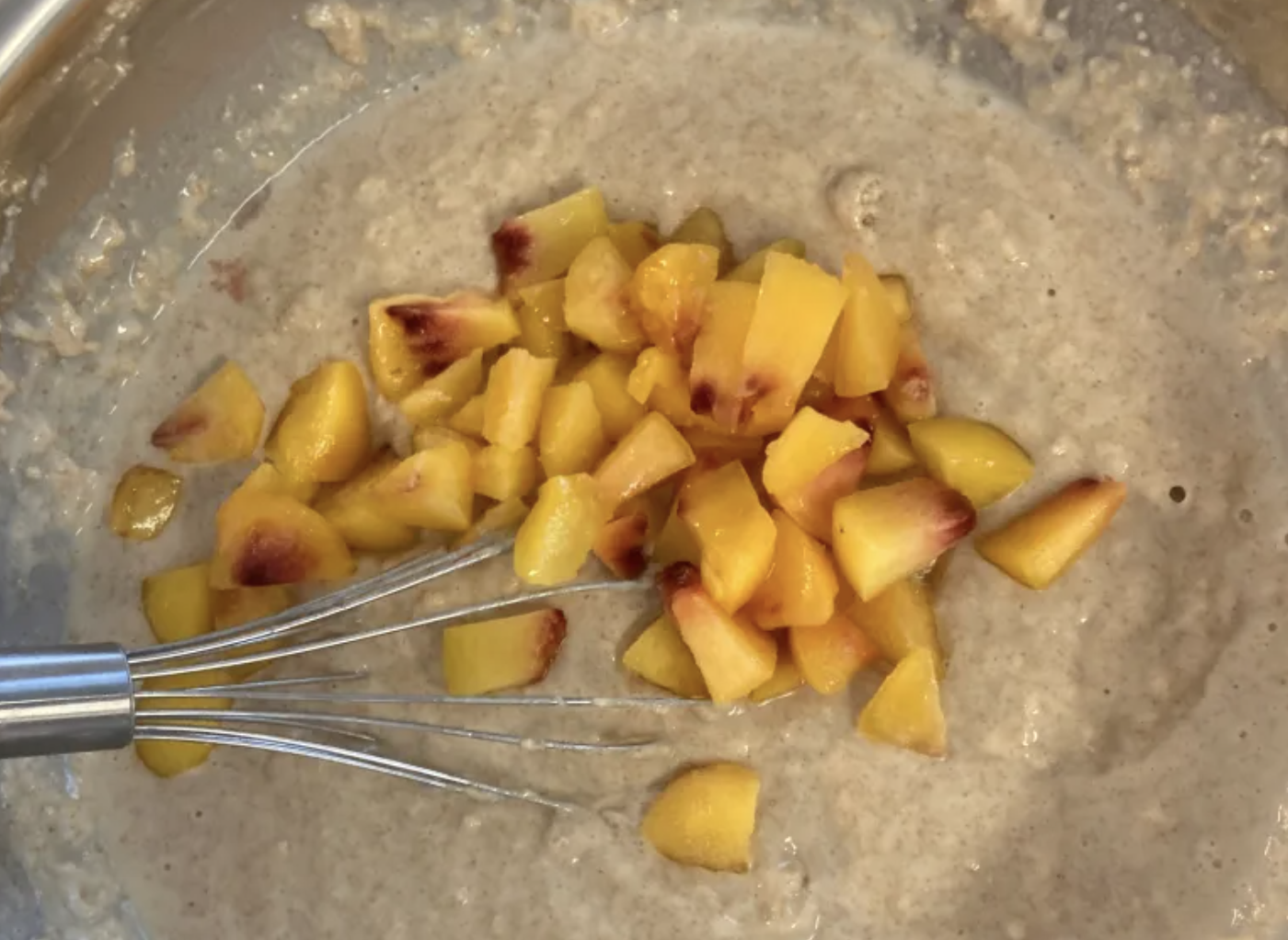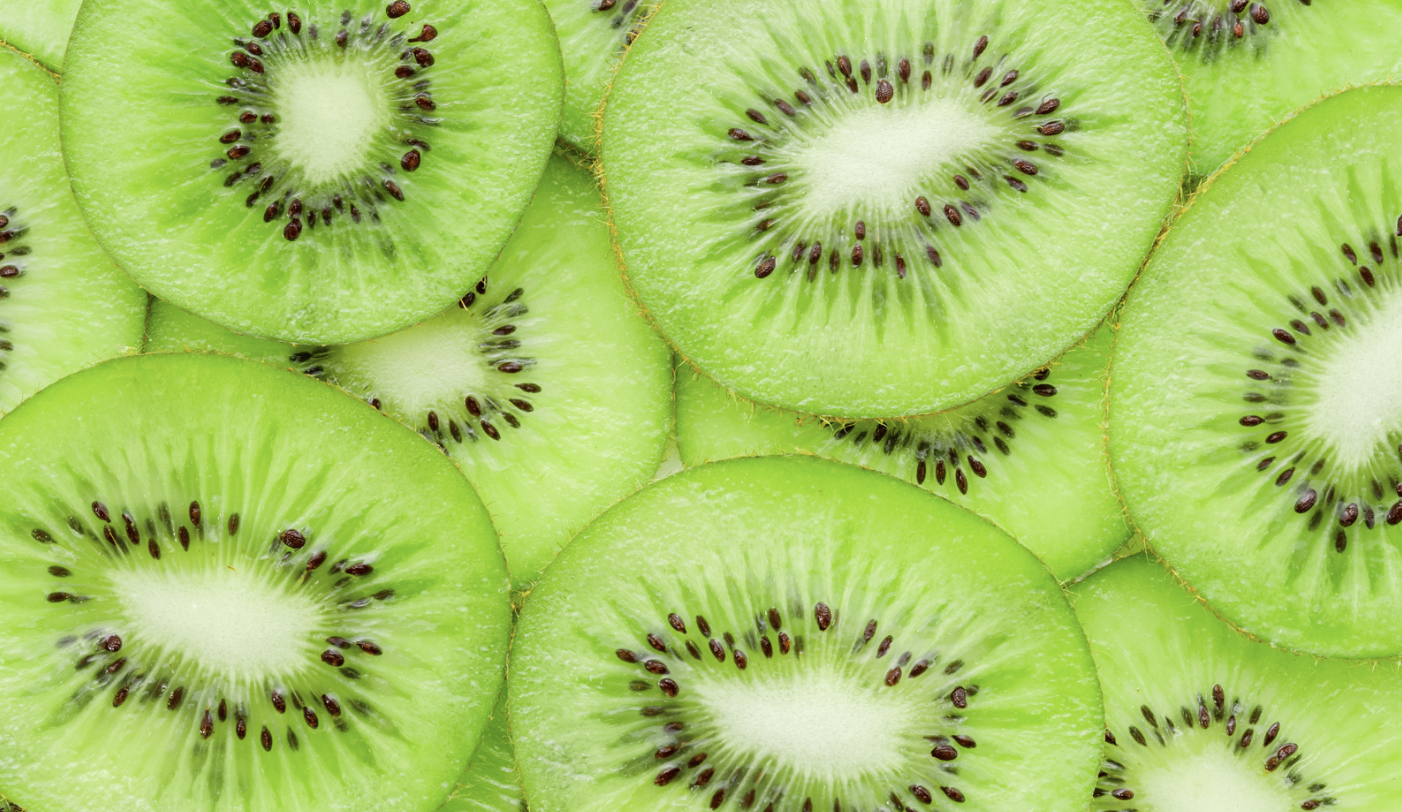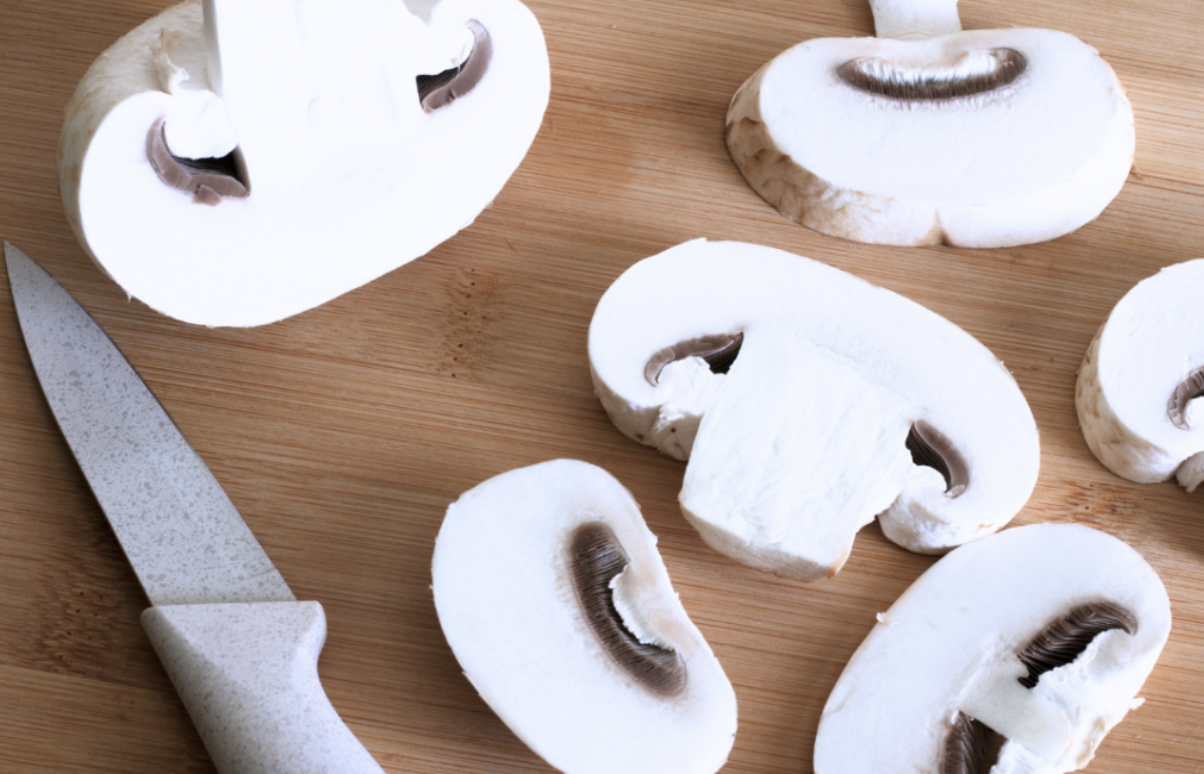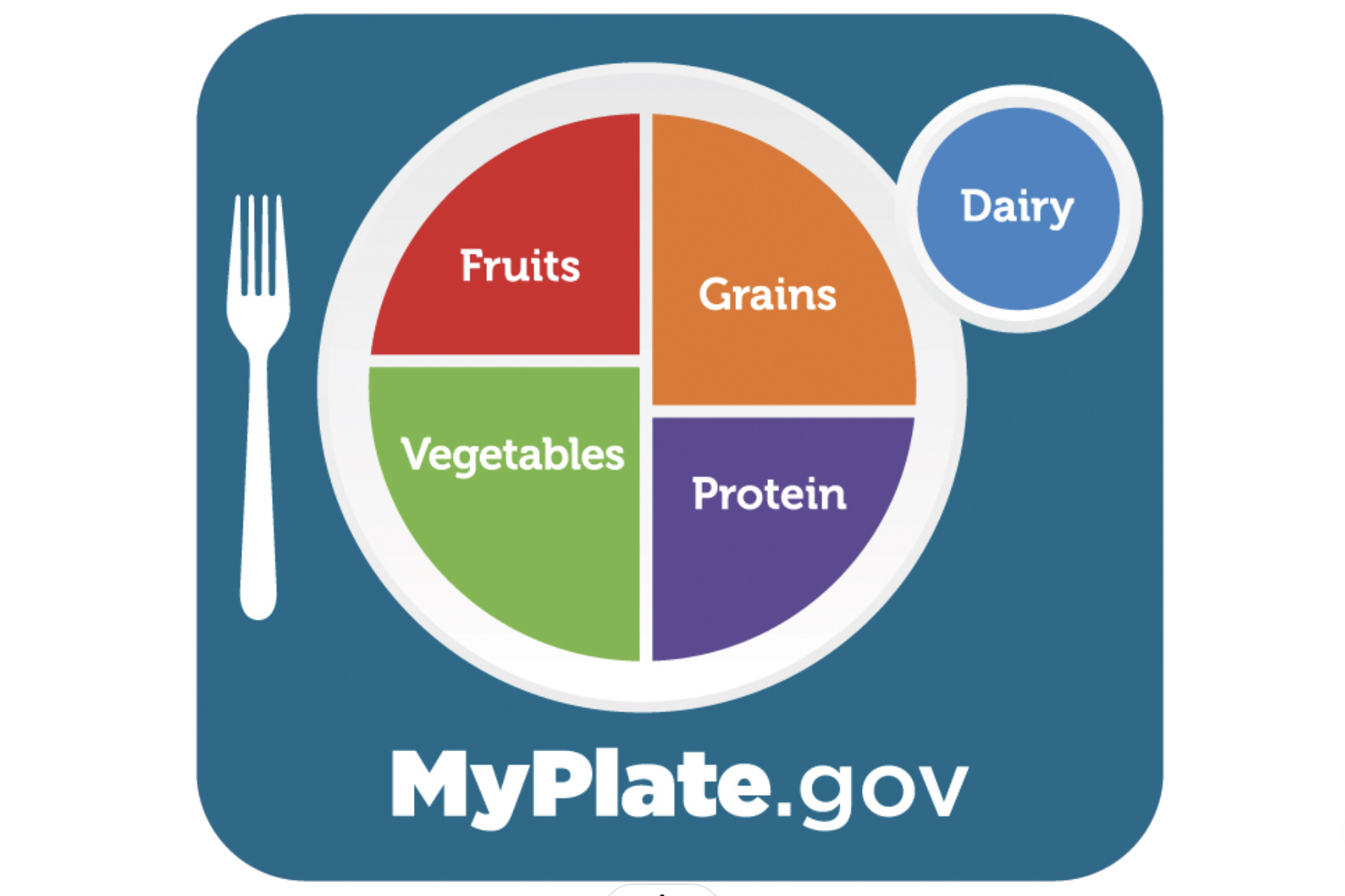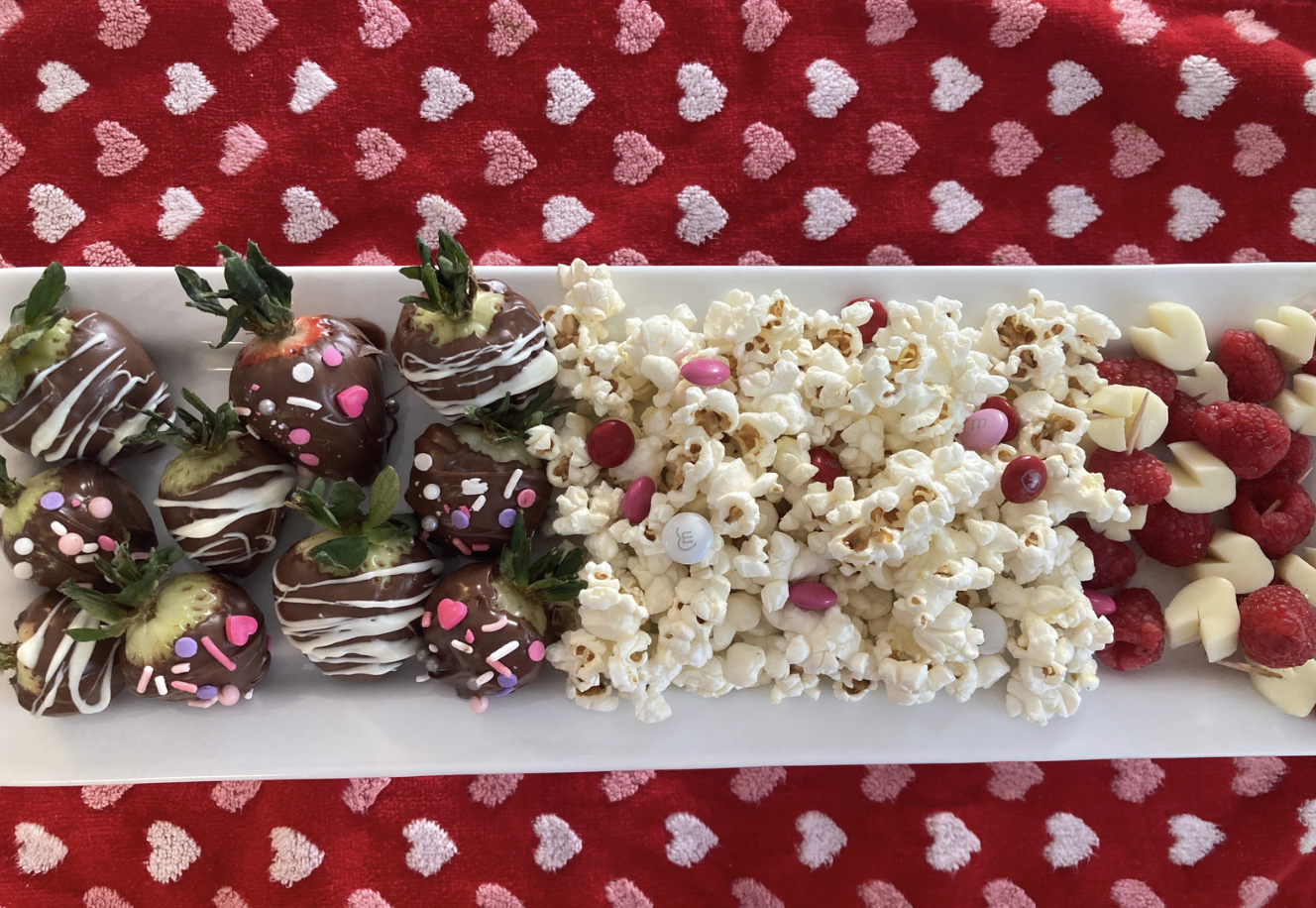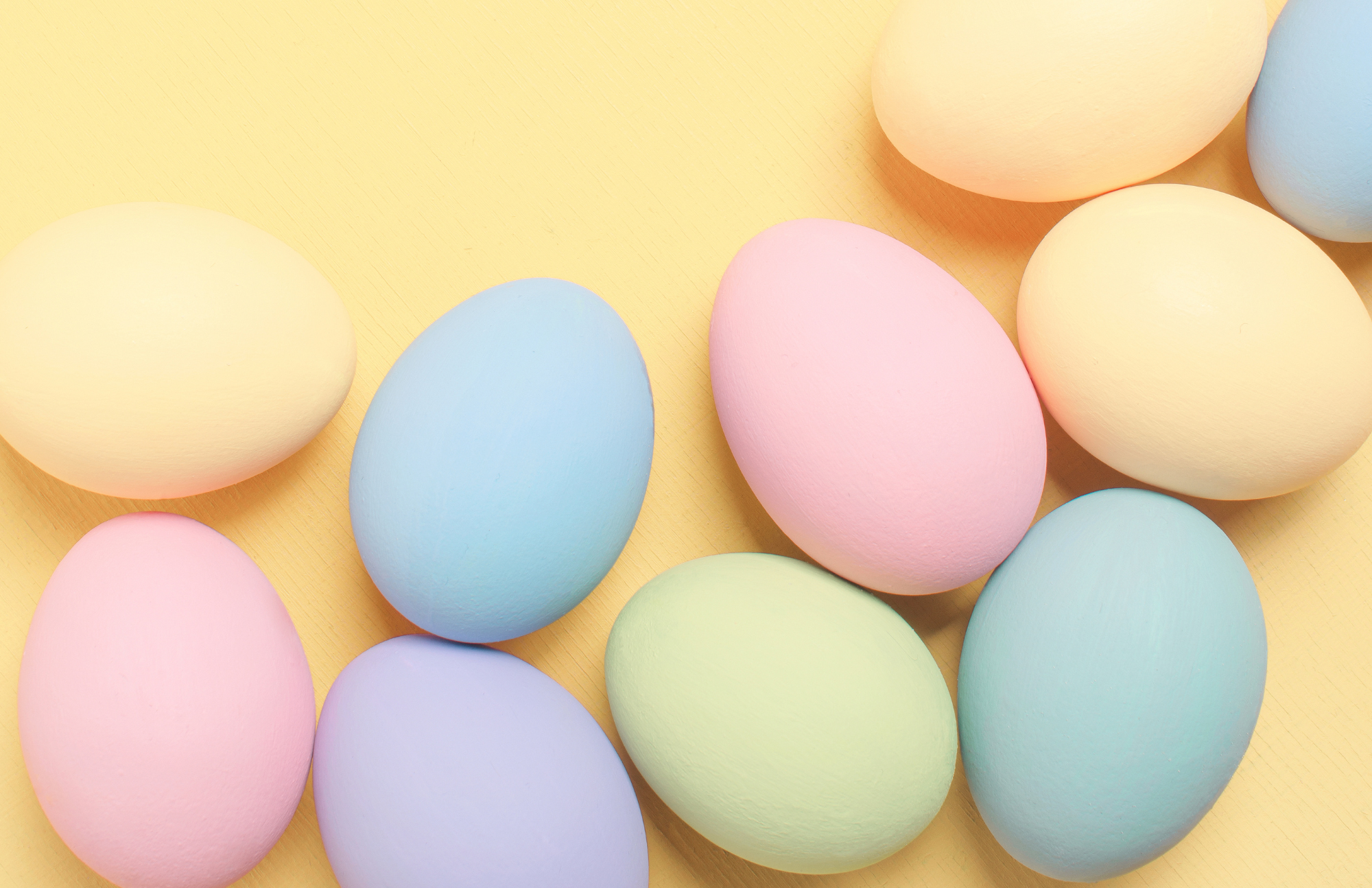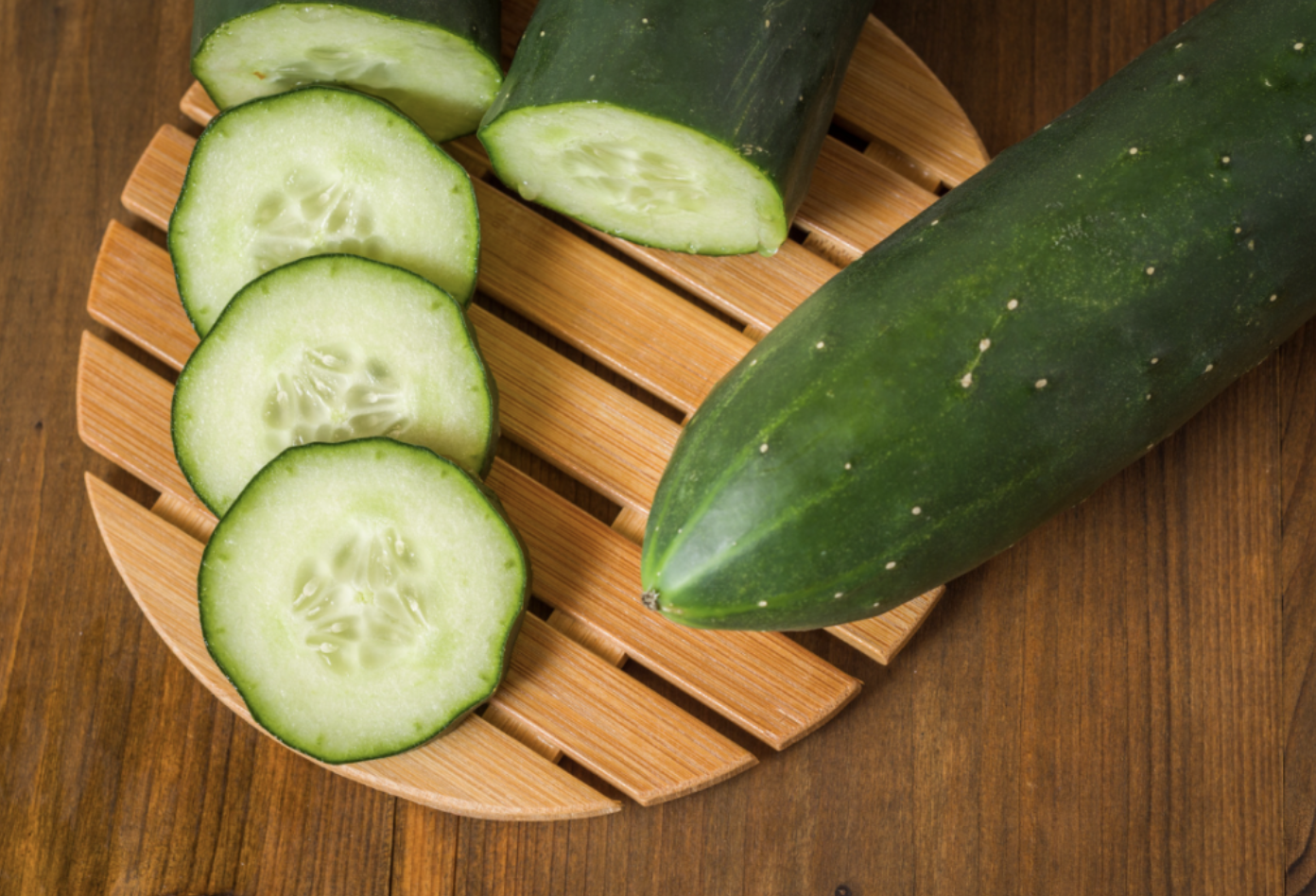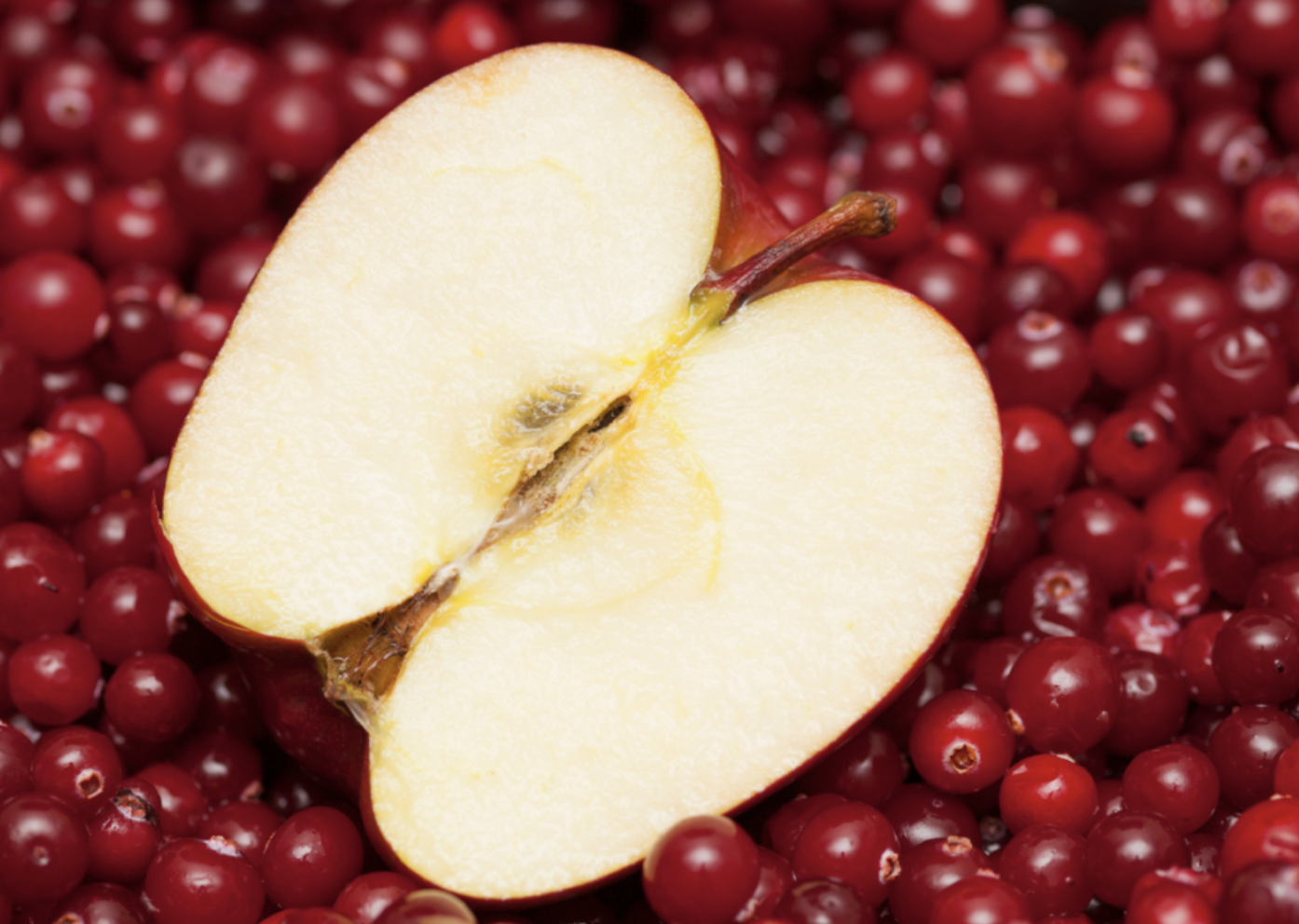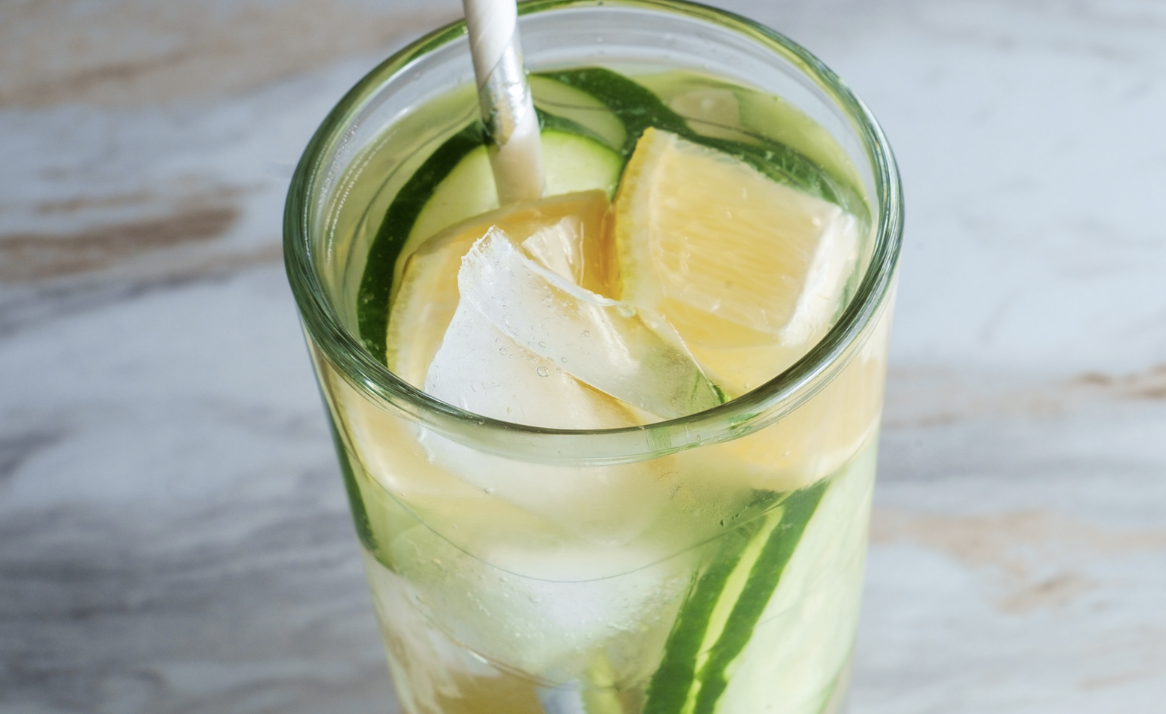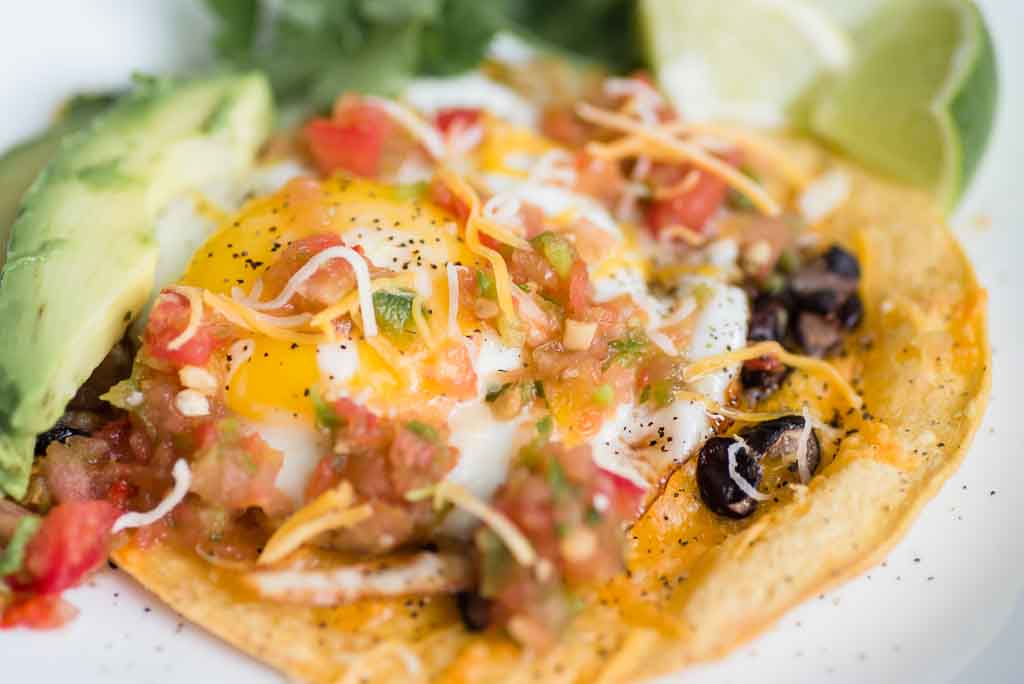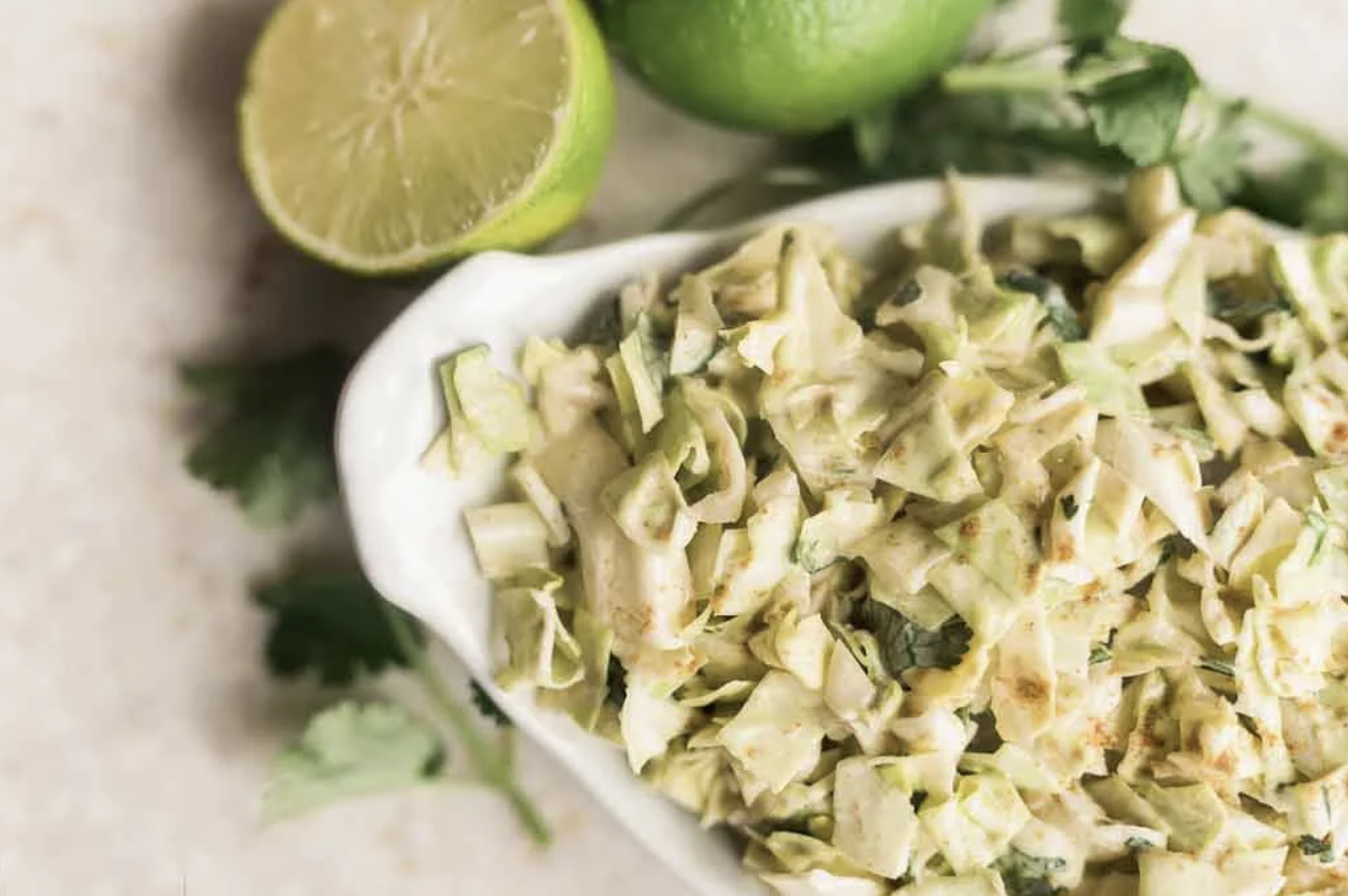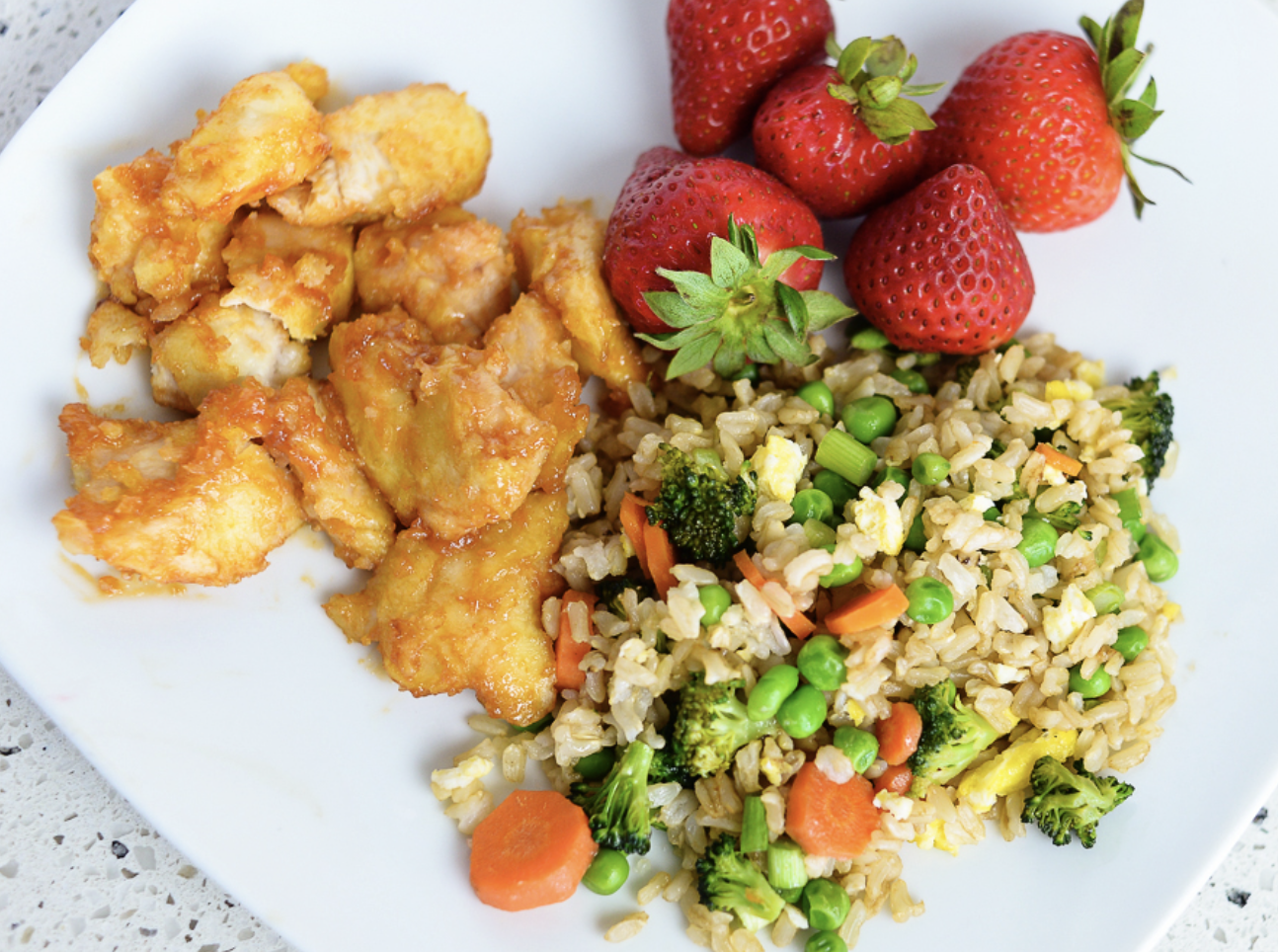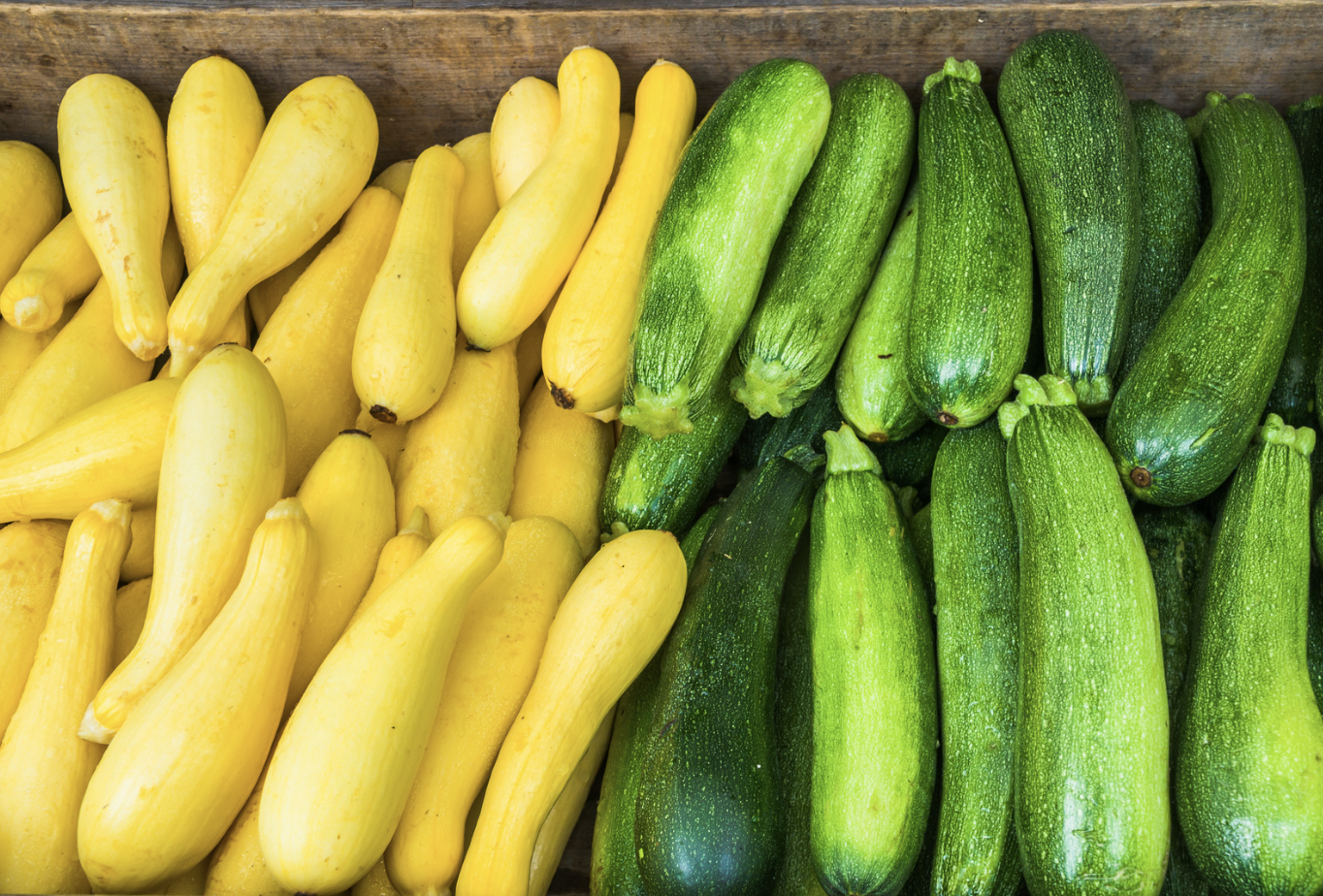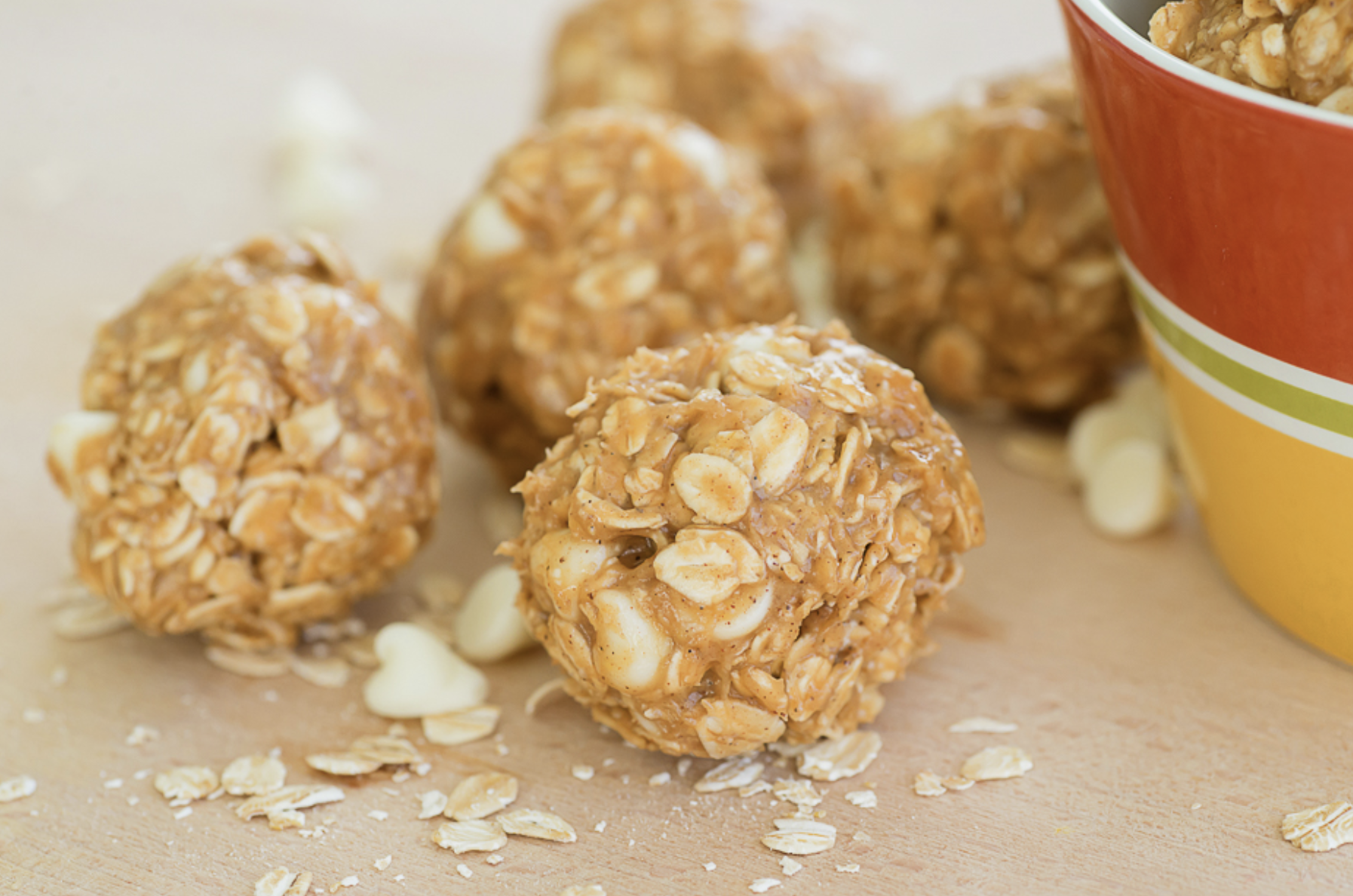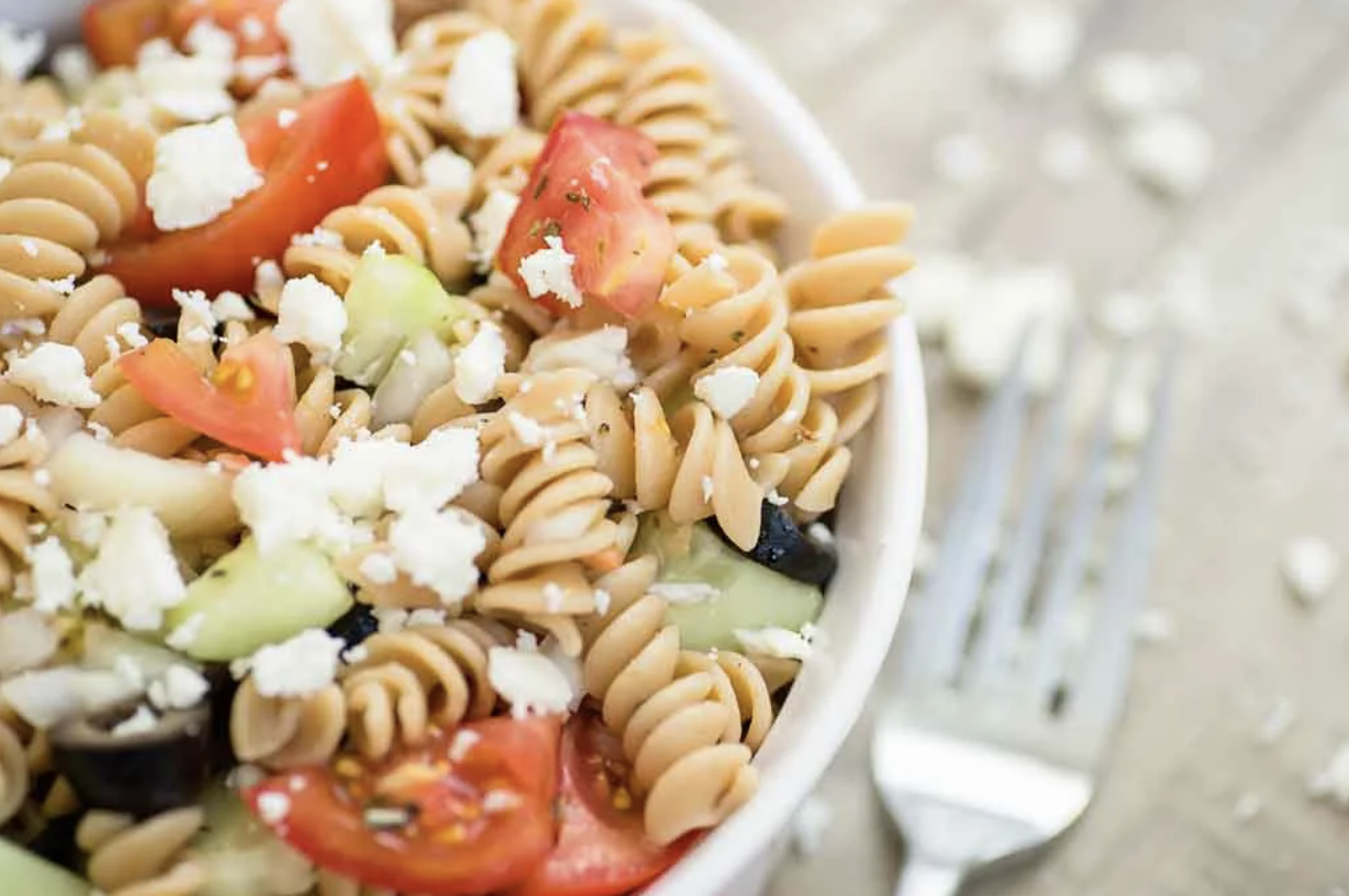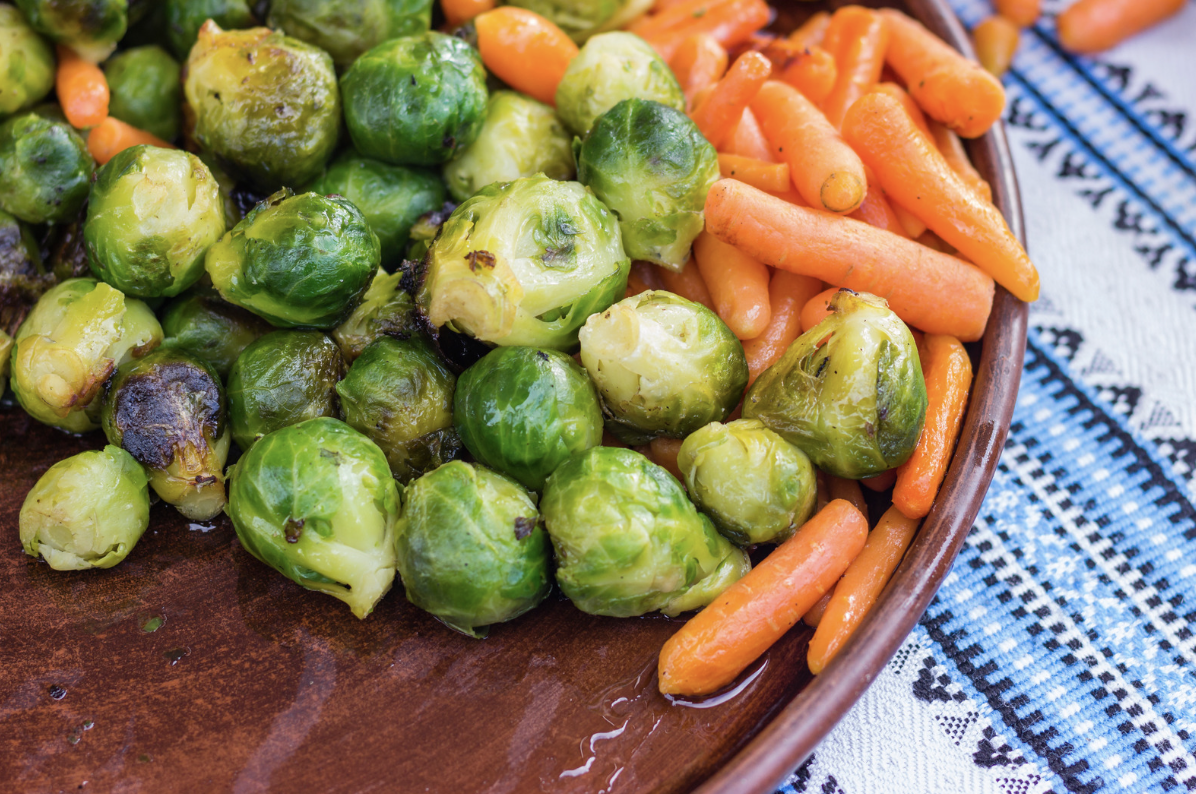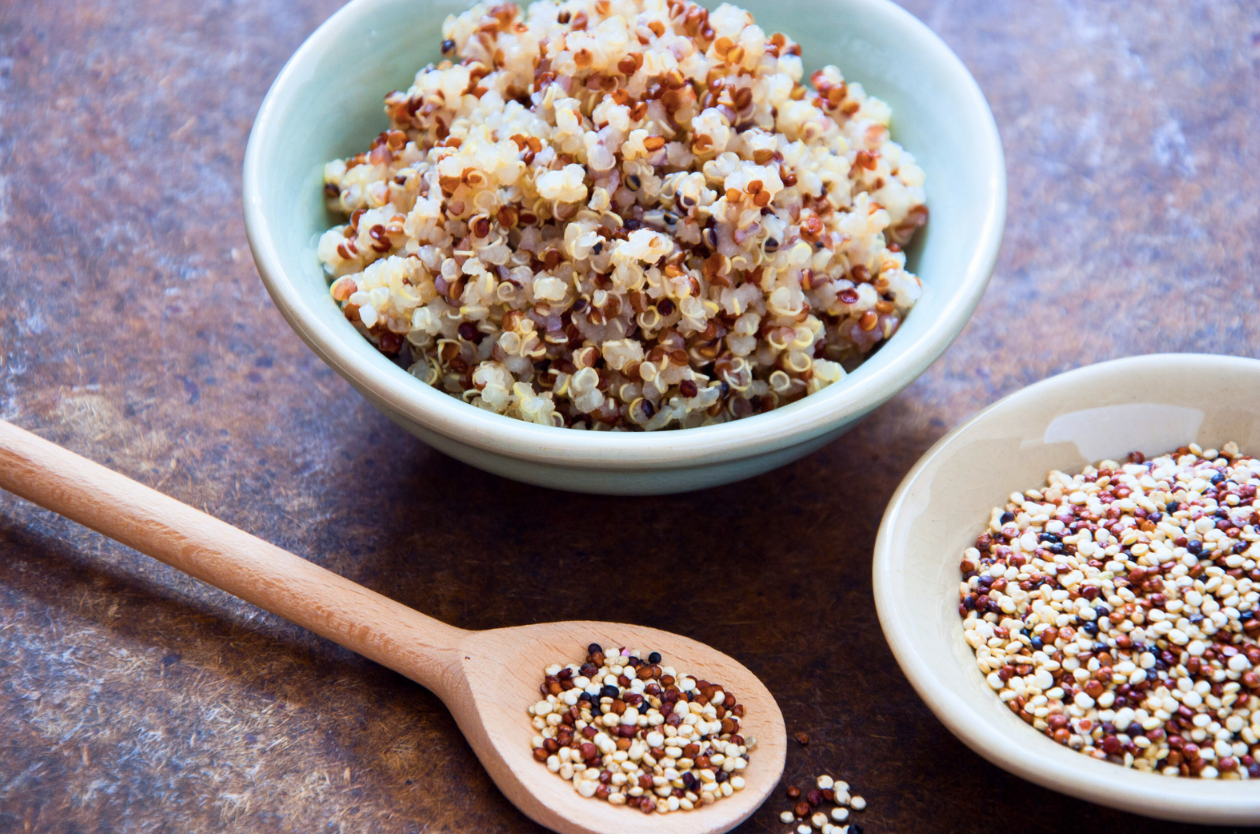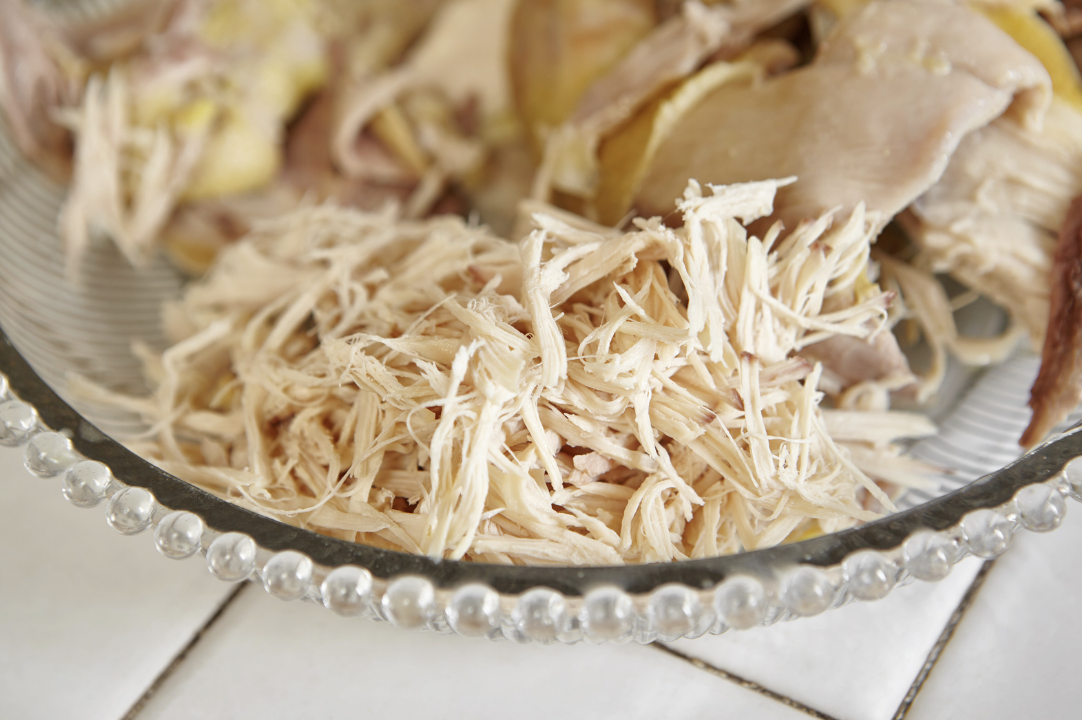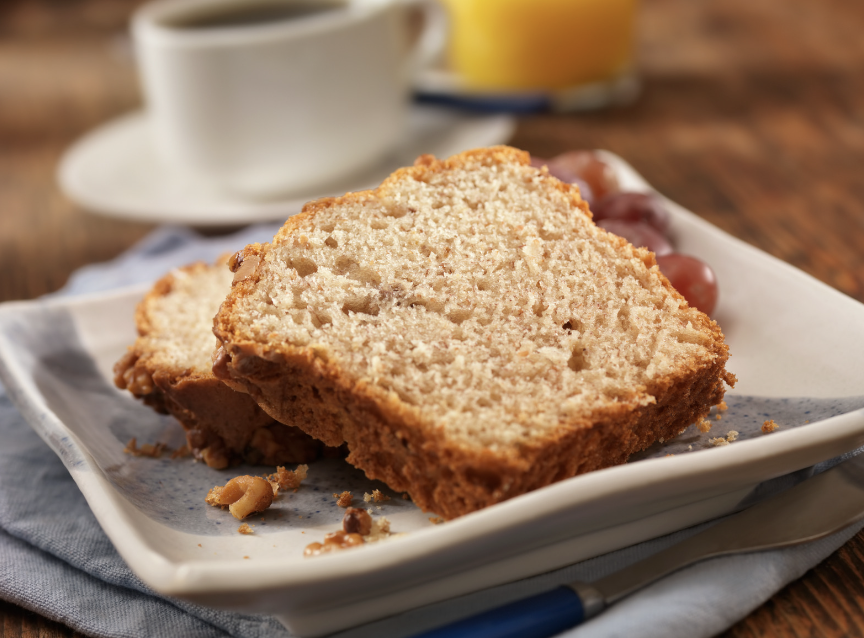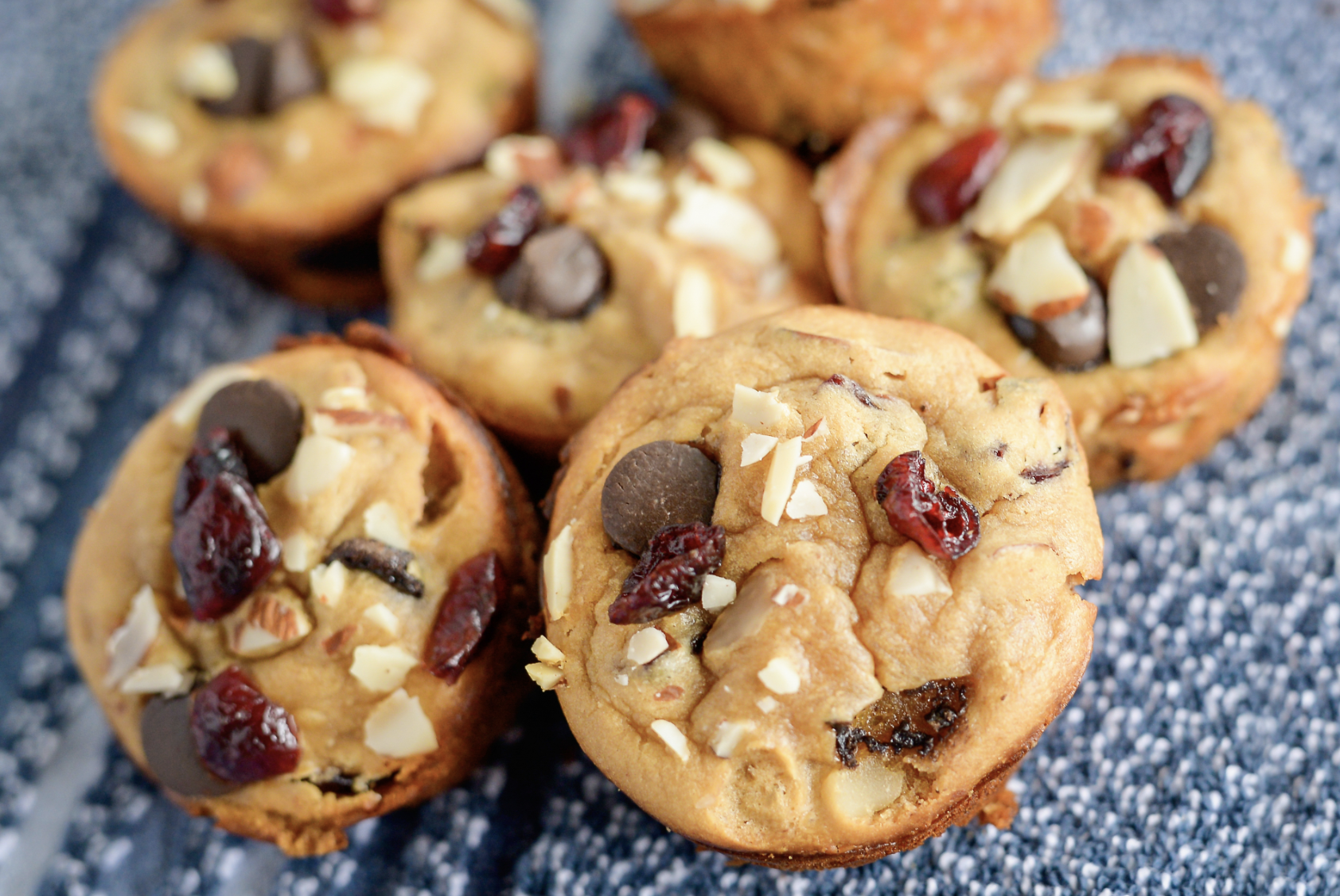Delicious and Healthy Loaded Quesadillas
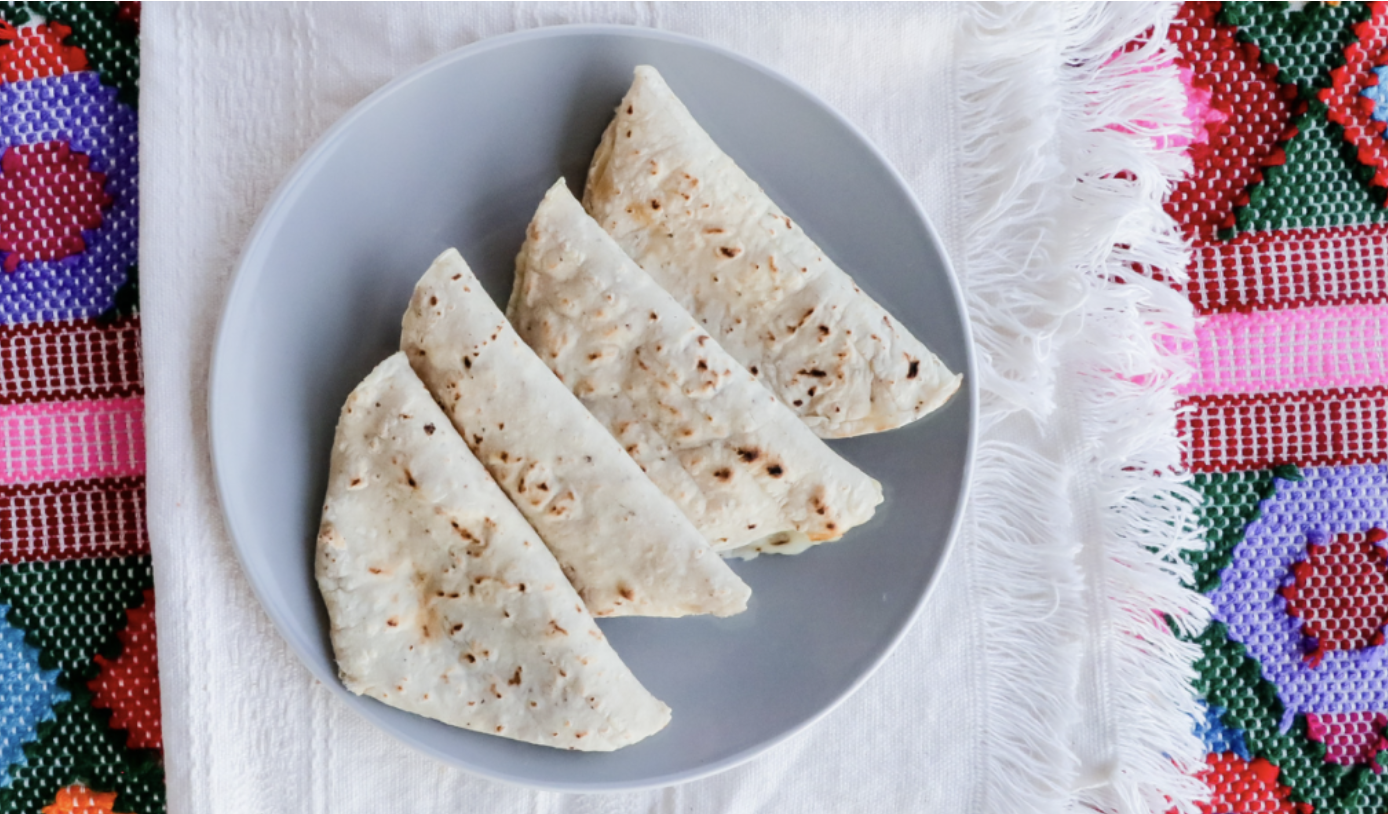
Who likes quesadillas? Don't we all? Quesadillas don't have to be just tortillas and cheese! You can add different ingredients to make them more filling and a complete meal. In this post, I'll show you how to make Loaded Veggie Quesadillas. It will give you some ideas to make your cooking more nutritious and flavorful!
Loaded Quesadillas Recipe
First, gather all your ingredients.
You'll need:
- 1/2 C cooked pinto beans
- 2 medium tomatoes, chopped
- 1 C bell pepper, chopped
- 2 green onions, chopped
- 2 carrots, grated
- 2 tortillas
- 1/4 C Monterey Jack cheese, grated
- 1/4 C plain yogurt
- 2 T salsa
- Lettuce
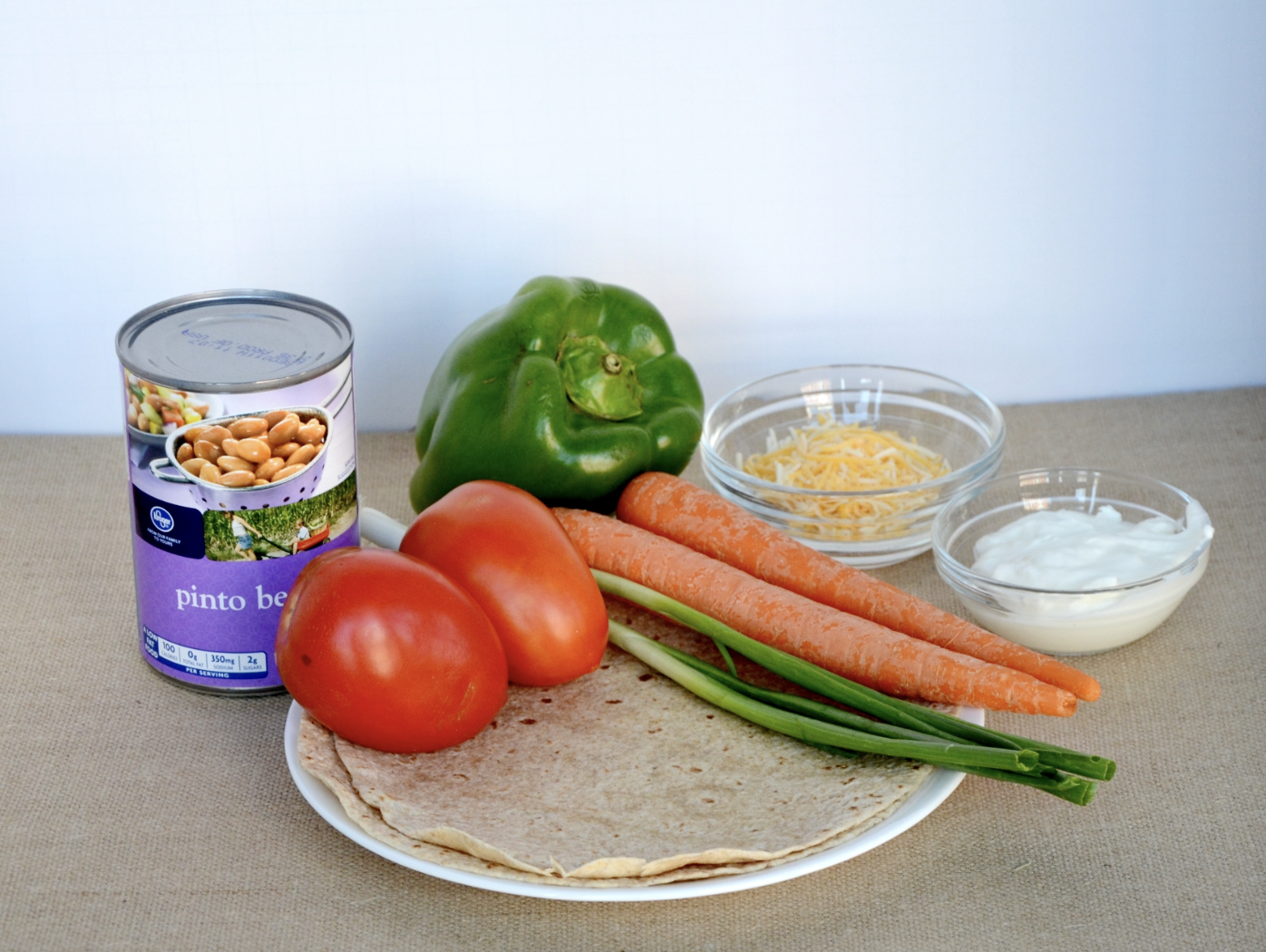
Put the beans tomatoes, bell pepper, onions, and carrots in a medium bowl. Warm up the tortilla in a skillet or in a pan on the stove. Place half of your vegetable/bean mixture onto one side of the tortilla and sprinkle with cheese. Fold over and cook for 2-3 minutes, or until the cheese is melted.

Top with plain yogurt, salsa, and lettuce.
I know, I know, PLAIN yogurt on a quesadilla? Surprisingly, plain yogurt is a great substitute for sour cream! It's a lot cheaper and lower in fat. Try it sometime, I bet you won't be able to tell the difference.
Mulitas vs Quesadillas
Mulitas and quesadillas are both popular Mexican dishes, they are really similar but have some differences in their preparation and ingredients:
Mulitas:
- Mulitas are a type of taco made with two tortillas sandwiching a filling in between.
- The tortillas used for mulitas are usually smaller and thicker than regular taco tortillas.
- The filling can vary and often includes meats such as carne asada (grilled beef), al pastor (marinated pork), or other options like chicken or chorizo.
- Cheese is a common addition, and the mulitas are cooked on a griddle until the cheese melts and the tortillas become crispy.
- Mulitas are typically served with salsa, guacamole, and other toppings.
Quesadillas:
- Quesadillas are made with a single tortilla folded in half, filled with cheese and other ingredients.
- The tortilla used for quesadillas can be flour or corn, and it is usually larger and thinner compared to the tortillas used for mulitas.
- The most common quesadilla filling is cheese, but they can also include additional ingredients like cooked meats, vegetables, or beans.
- Quesadillas are typically cooked on a griddle or skillet until the tortilla is toasted and the cheese is melted.
- Quesadillas are often served with sour cream, salsa, and guacamole as dipping sauces.
In summary, mulitas are like a cross between a taco and a quesadilla, featuring a double tortilla filled with meat, cheese, and other toppings, while quesadillas are folded in half with a single tortilla filled mainly with cheese, but can include other ingredients as well. Both dishes are delicious and offer a taste of authentic Mexican cuisine.
How to Reheat Quesadillas
Here are three common methods to reheat quesadillas:
- Stovetop (Preferred method for best results):
- Place a non-stick skillet or frying pan on the stove over medium heat.
- If the quesadilla is large, you may need to fold it in half.
- Place the quesadilla in the pan and heat it for 1-2 minutes on each side, or until the tortilla becomes crispy and the cheese melts.
- Keep an eye on it to avoid burning. You can cover the pan with a lid to help the cheese melt faster.
- Oven:
- Preheat your oven to around 350°F (175°C).
- If the quesadilla is large, you can cut it into smaller wedges for even heating.
- Place the quesadilla on a baking sheet or an oven-safe dish.
- Reheat the quesadilla in the oven for about 5-8 minutes or until the cheese is fully melted and the tortilla is crispy.
- Microwave (Quickest method but may result in less crispy quesadilla):
- Place the quesadilla on a microwave-safe plate.
- If your microwave has a turntable, use it to ensure even heating.
- Reheat the quesadilla on medium power for about 30 seconds to 1 minute, depending on the microwave's wattage. It's essential to avoid overheating, as the tortilla may become soggy.
Whichever method you choose, make sure to monitor the quesadilla closely to prevent it from becoming too dry or burnt. Once reheated, you can enjoy your quesadilla with your favorite toppings, such as salsa, guacamole, or sour cream.
Healthy Sides for Quesadillas
Are you looking for some healthy sides for quesadillas? Here are a few ideas of delicious and healthy side dishes that would pair well with quesadillas:
Here are a few suggestions:
-
Quinoa: Consider swapping out Quinoa for White Rice. Quinoa is a nutrient-dense food known for its complete protein profile, fiber content, and essential minerals like magnesium and iron. Compared to white rice, quinoa offers higher levels of protein, fiber, and nutrients, making it a healthier option.
-
Guacamole: Avocado-based guacamole provides healthy fats and can serve as a delicious dip for your quesadillas.
-
Salsa: Opt for homemade salsa with fresh tomatoes, onions, cilantro, and lime juice. It's low in calories and adds a burst of flavor.
-
Grilled Vegetables: Grilled vegetables such as bell peppers, zucchini, and mushrooms make a nutritious and colorful side dish.
-
Black Bean Salad: A black bean salad with corn, bell peppers, red onions, and lime juice is not only nutritious but also pairs well with quesadillas.
-
Fruit Salad: A refreshing fruit salad with a variety of seasonal fruits adds a sweet contrast to the savory quesadillas.
-
Greek Yogurt: Substitute sour cream with Greek yogurt for dipping your quesadillas. It's high in protein and lower in fat.
-
Cucumber Slices: Simple cucumber slices seasoned with a pinch of salt and pepper provide a refreshing crunch.
Best Cheese for Quesadillas
The best cheese for quesadillas is one that melts well, has a good flavor, and complements the other ingredients you plan to include in your quesadilla. Here are some popular cheese options that work wonderfully in quesadillas:
- Monterey Jack: This cheese is a classic choice for quesadillas due to its mild flavor and excellent melting properties. It becomes oozy and creamy when heated, making it perfect for creating a gooey and flavorful filling.
- Cheddar: Cheddar cheese adds a rich and sharp flavor to quesadillas. It also melts nicely, making it a popular choice among those who prefer a stronger taste in their quesadillas.
- Oaxaca or Quesillo: Oaxaca cheese, also known as quesillo, is a traditional Mexican cheese with a stringy texture, similar to mozzarella. It has a mild and slightly tangy taste, making it ideal for quesadillas.
- Asadero: Asadero cheese is another Mexican cheese that melts beautifully and has a delicious, buttery flavor. It complements various fillings and adds a unique touch to your quesadilla.
- Mozzarella: Mozzarella is a versatile cheese that works well in quesadillas, providing that classic stretchy and melty texture. It might not have a bold flavor on its own, but it pairs nicely with other ingredients.
- Pepper Jack: If you prefer some heat in your quesadillas, pepper jack cheese is an excellent choice. It's a variation of Monterey Jack with spicy peppers like jalapeños, adding a kick to your dish.
You can also get creative and experiment with other cheeses based on your taste preferences. Combining different types of cheese can lead to exciting flavor combinations, so feel free to mix and match as you like. Remember to shred or slice the cheese evenly to ensure it melts uniformly throughout the quesadilla.
Can You Freeze Quesadillas?
Yes, you can freeze quesadillas! Freezing quesadillas is a convenient way to have ready-to-eat meals on hand for later. Whether you have leftover quesadillas or want to prepare a batch in advance for future use, freezing them can help preserve their freshness and flavor.
Here's a simple step-by-step guide on how to freeze quesadillas properly:
- Cool the Quesadillas: Allow the cooked quesadillas to cool completely before freezing. This step prevents condensation and ice crystals from forming inside the packaging.
- Individually Wrap: If possible, wrap each quesadilla individually in plastic wrap or aluminum foil. This step prevents them from sticking together and makes it easier to take out only what you need when reheating.
- Use Freezer Bags or Containers: Alternatively, you can stack the wrapped quesadillas and place them in a freezer-safe resealable plastic bag or airtight container. Again, make sure to separate the quesadillas with parchment paper or wax paper to prevent sticking.
- Label and Date: Don't forget to label the freezer bag or container with the contents and the date of freezing. Quesadillas are best consumed within 2 to 3 months for optimal taste and texture.
- Freeze: Place the wrapped or containerized quesadillas in the freezer and make sure they lay flat to avoid any weird shapes or folds.
When you're ready to enjoy the frozen quesadillas:
- Thaw: Take the desired number of quesadillas out of the freezer and let them thaw in the refrigerator overnight. This slow thawing process helps maintain the texture of the tortilla.
- Reheat: Reheat the thawed quesadillas using your preferred method. The stovetop or oven methods mentioned earlier in the "How to Reheat Quesadillas" section work well for reheating frozen quesadillas. You can also use a microwave, but the quesadilla may not be as crispy.
- Serve: Once heated, serve the quesadillas with your favorite toppings or dipping sauces, and enjoy!
If You Liked This Post, You Don't Want to Miss These!



